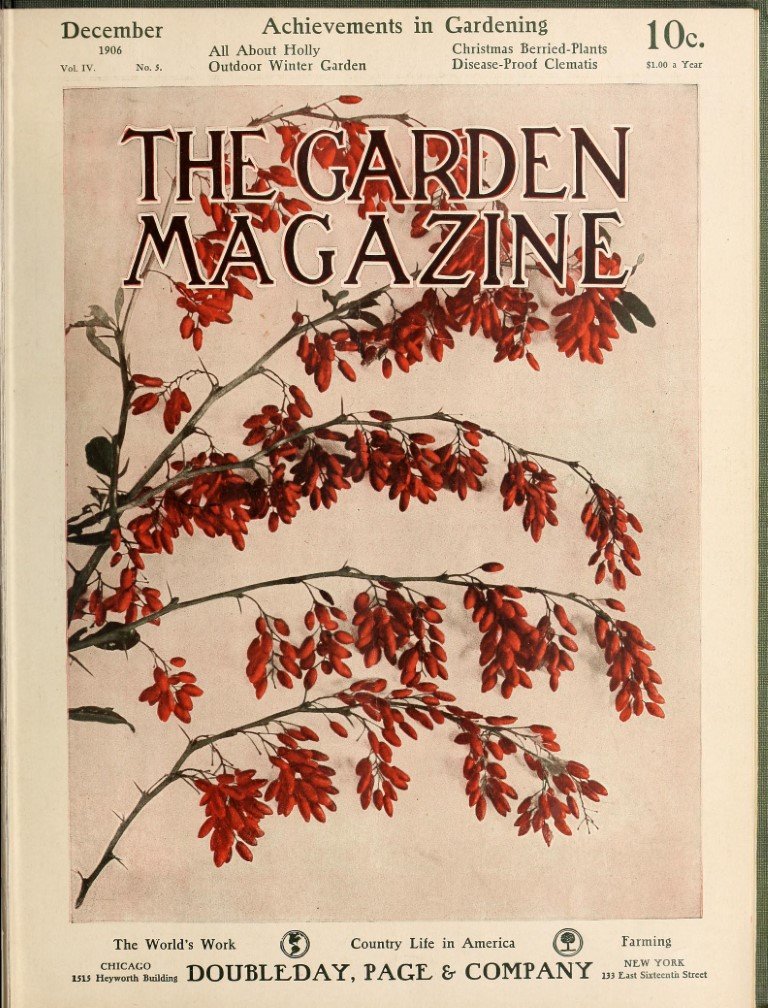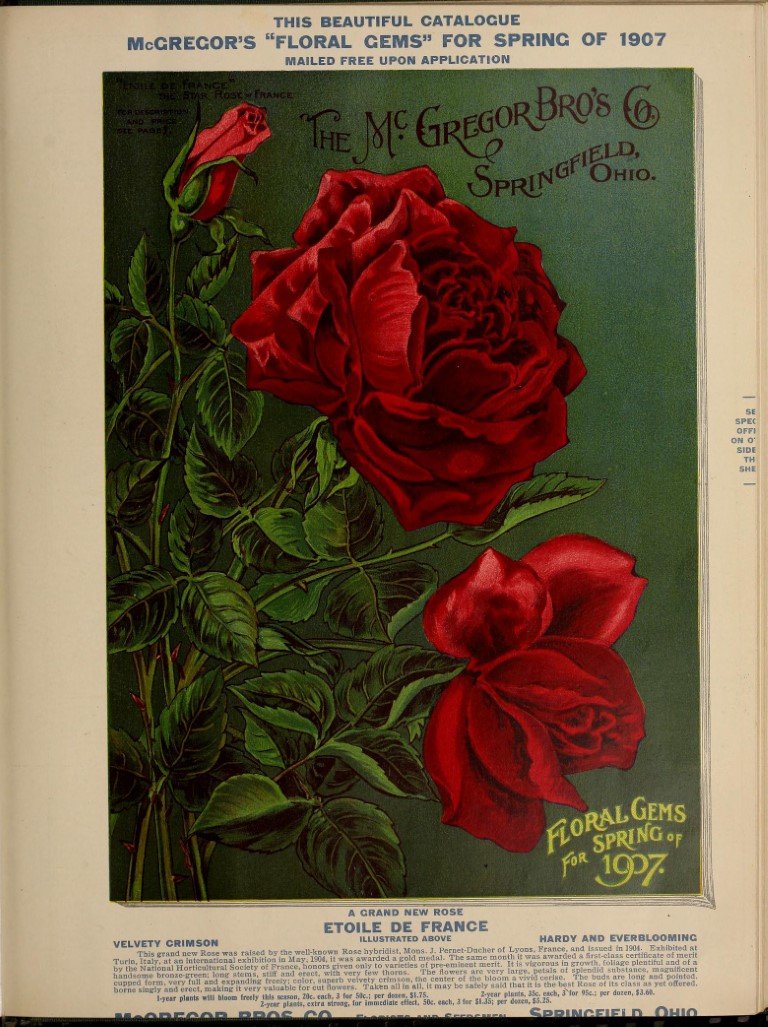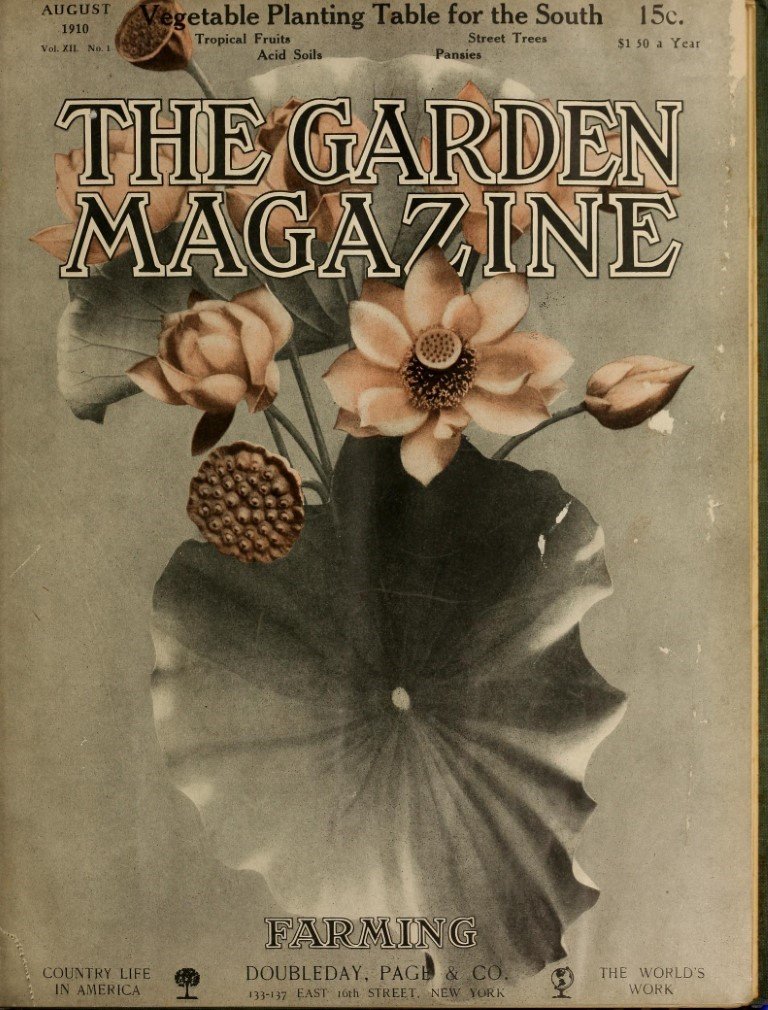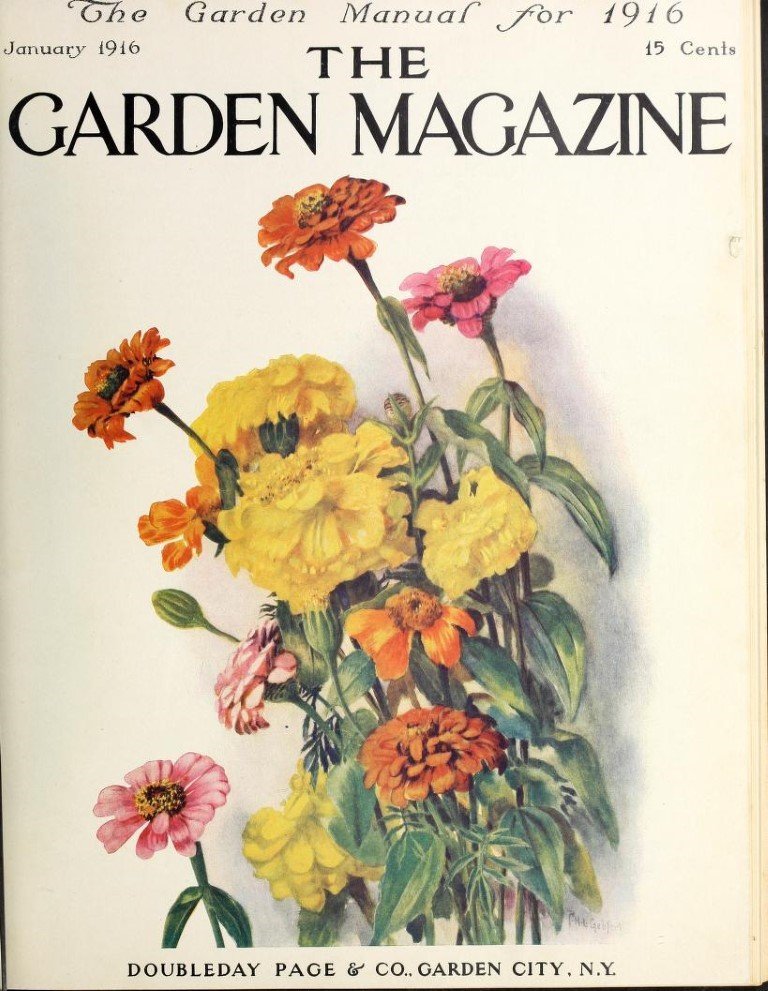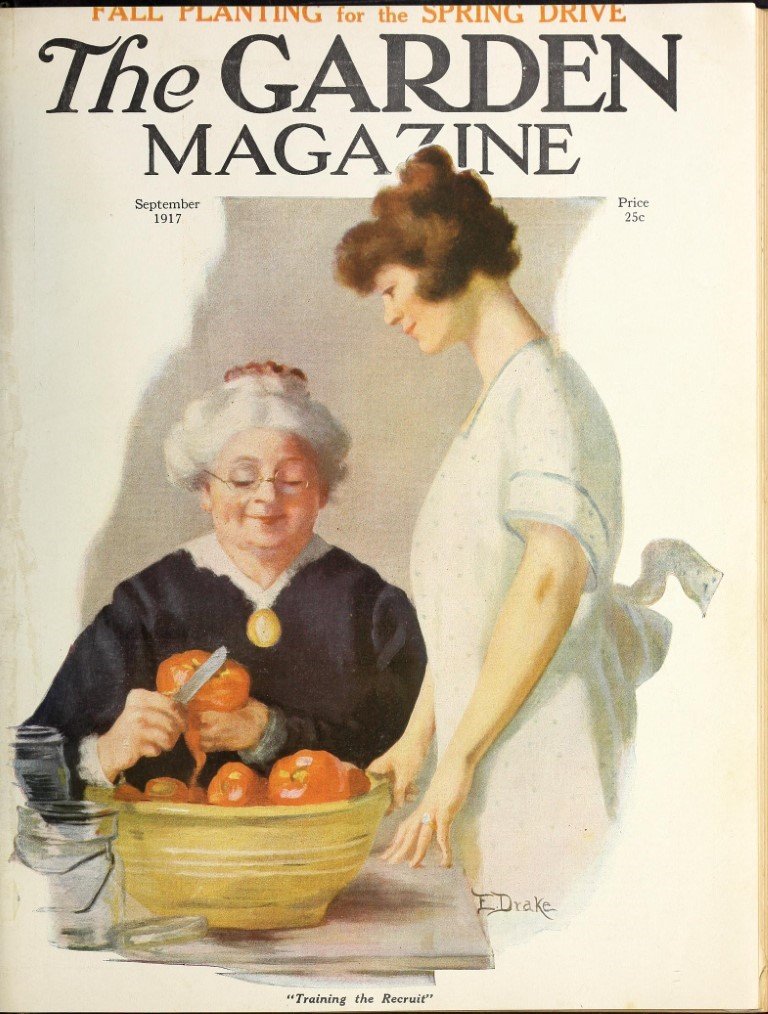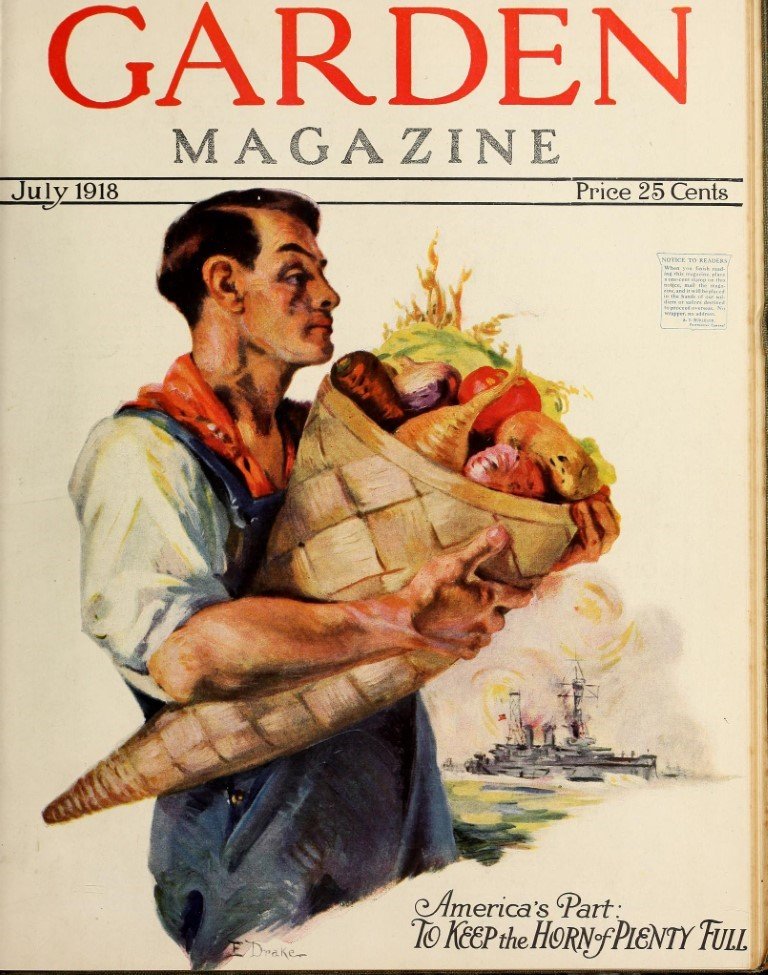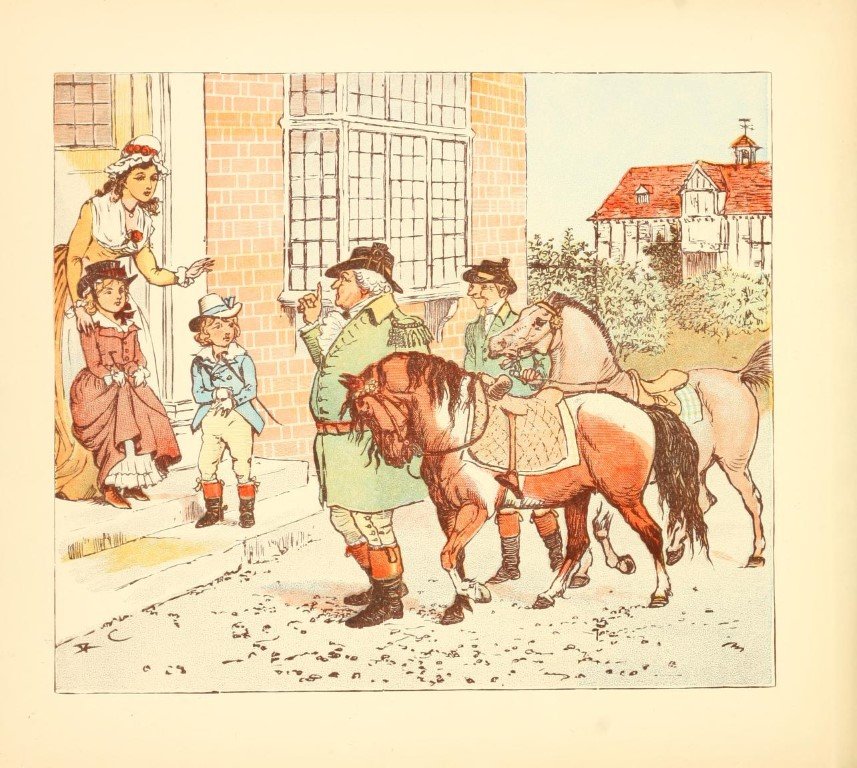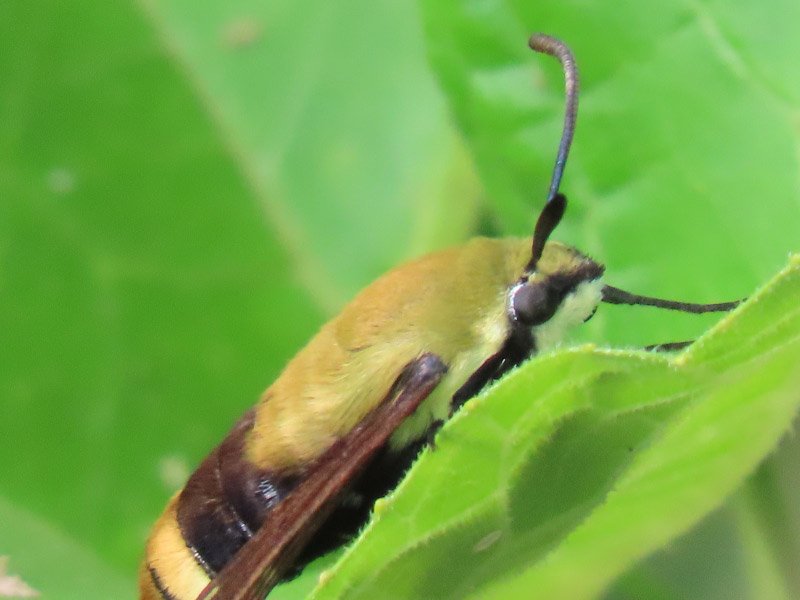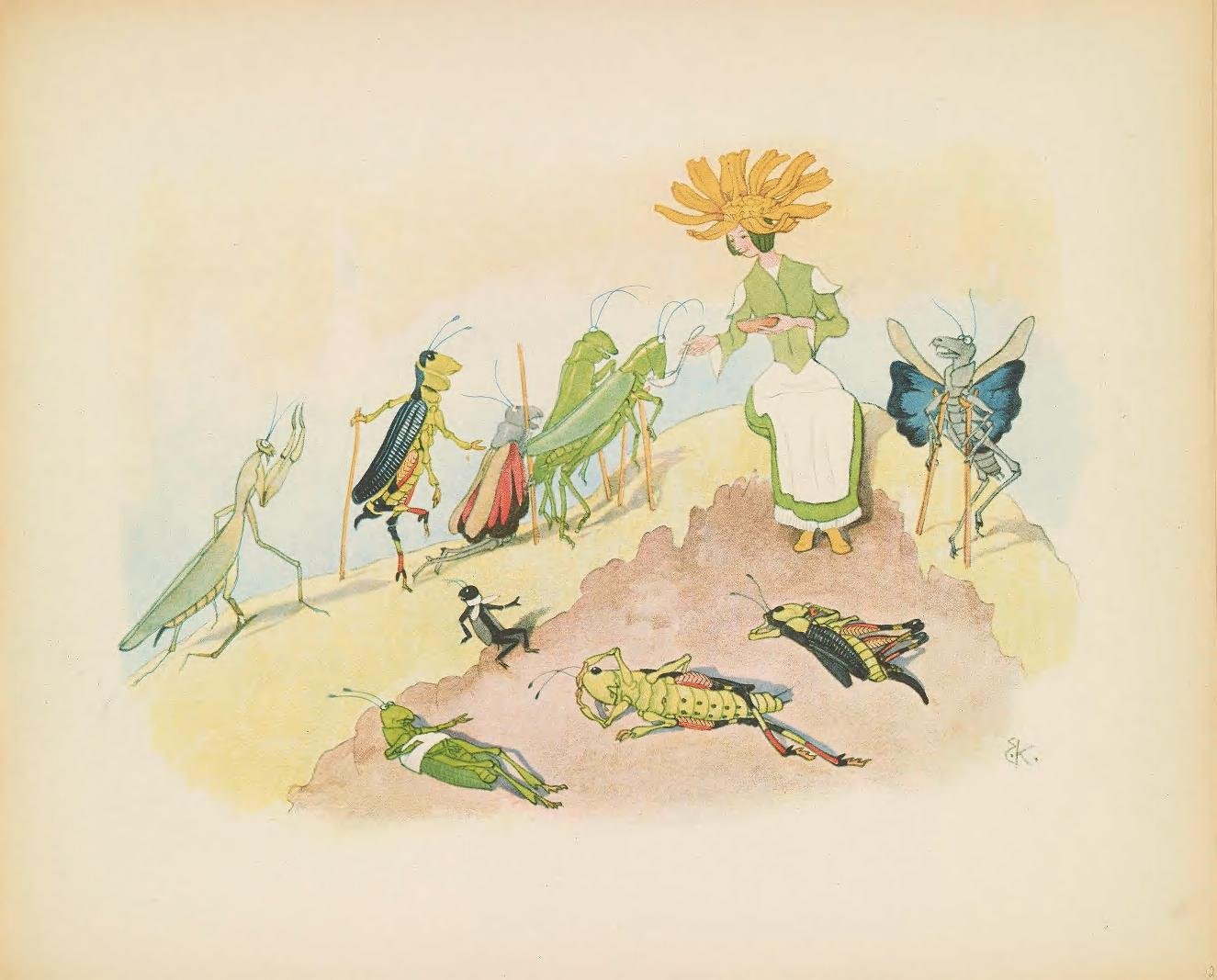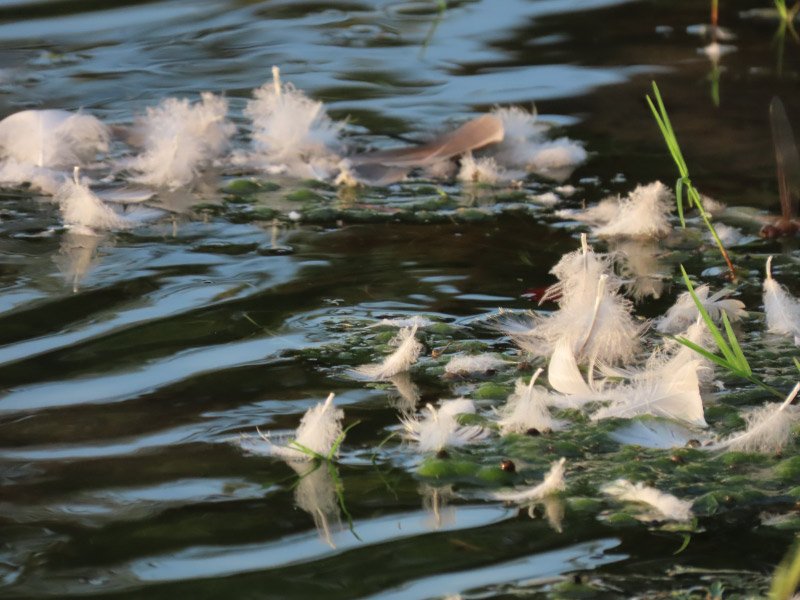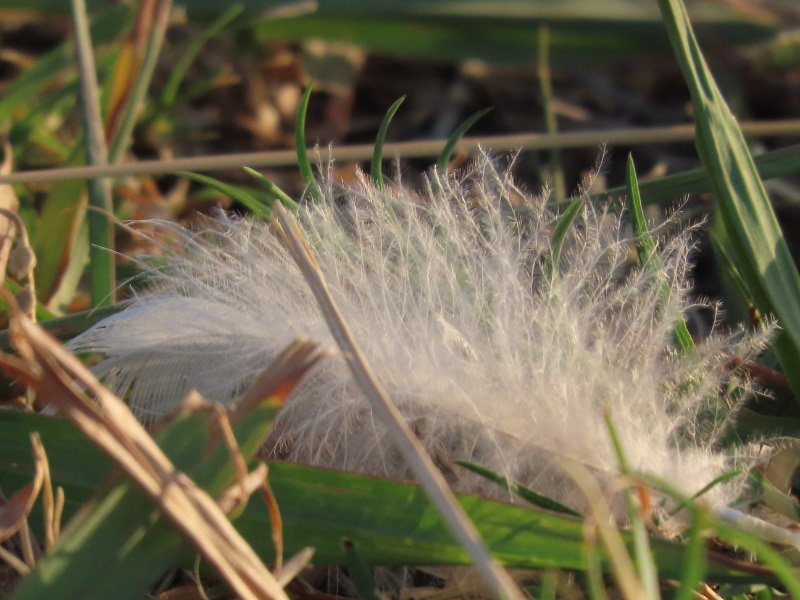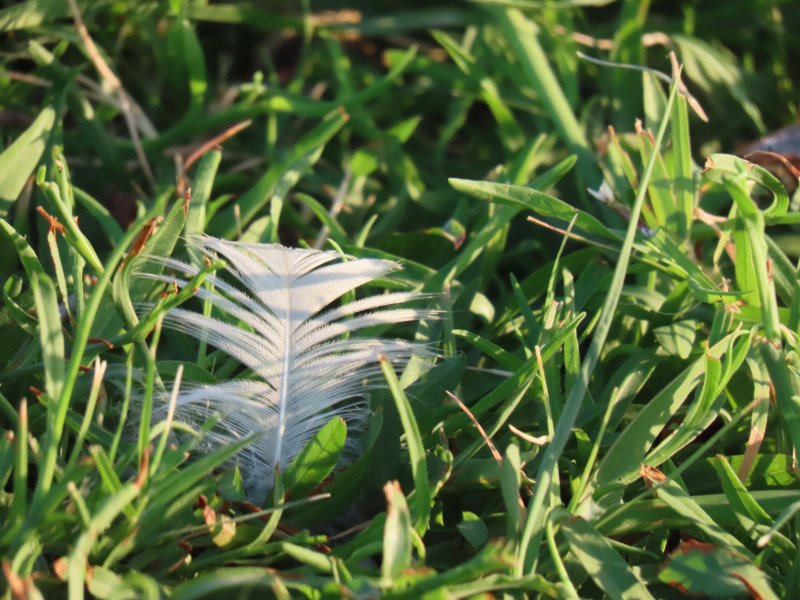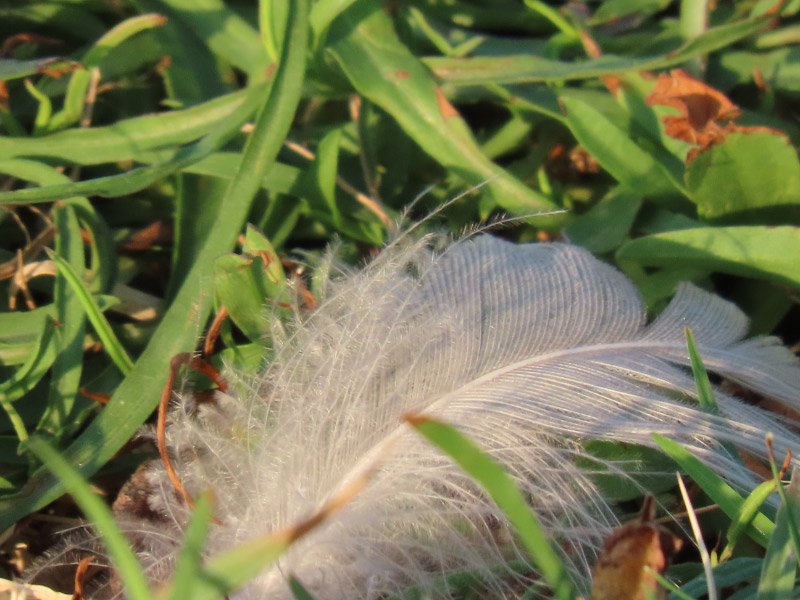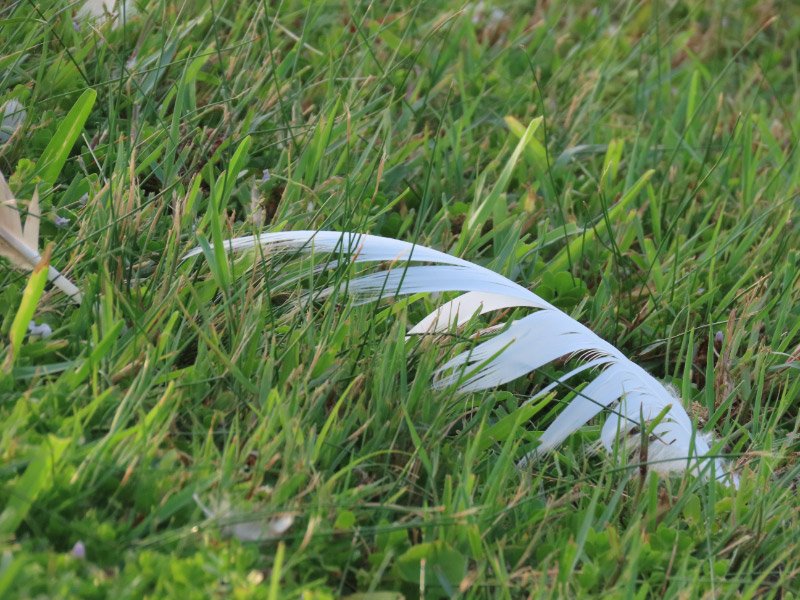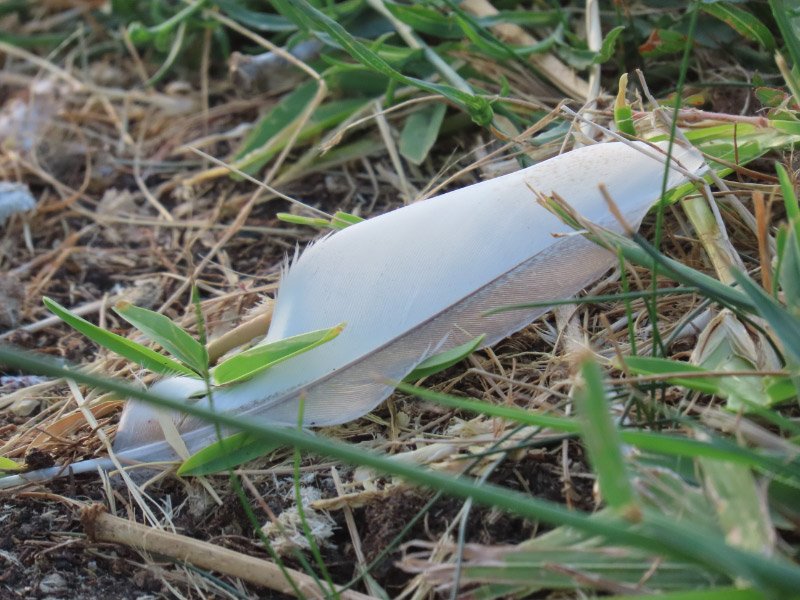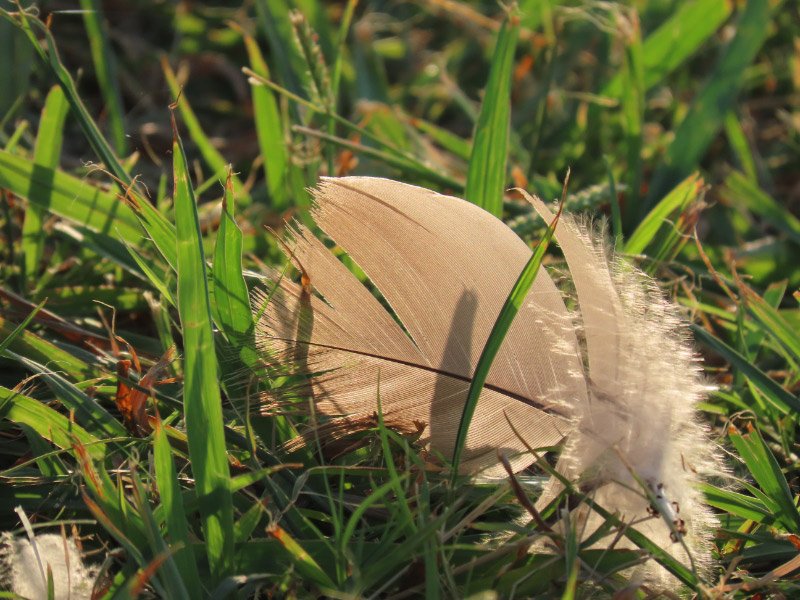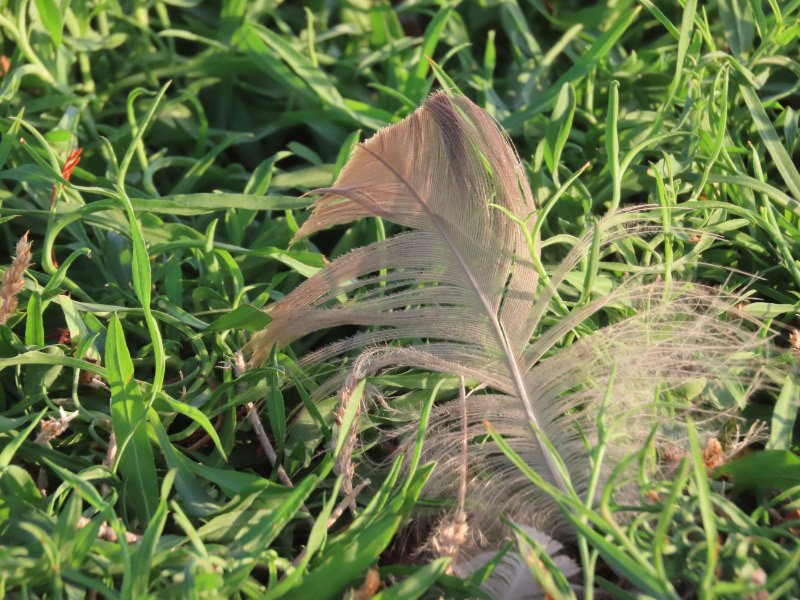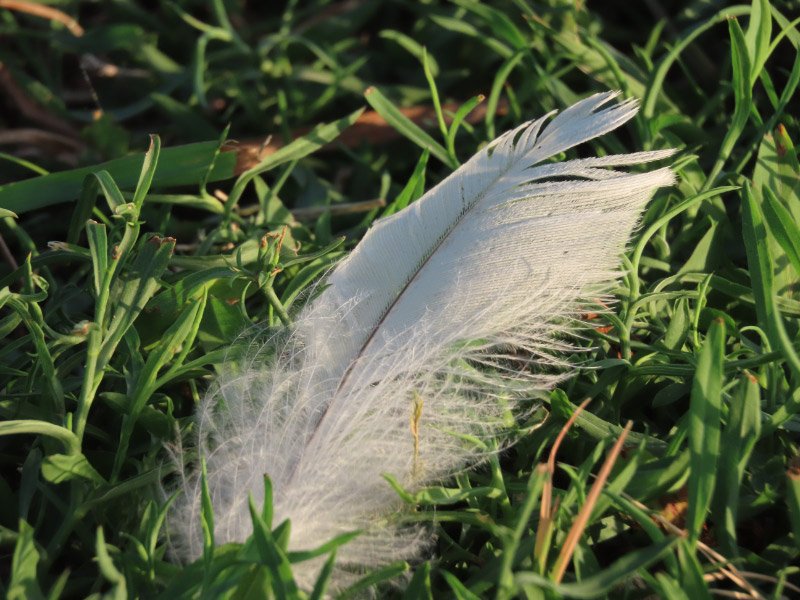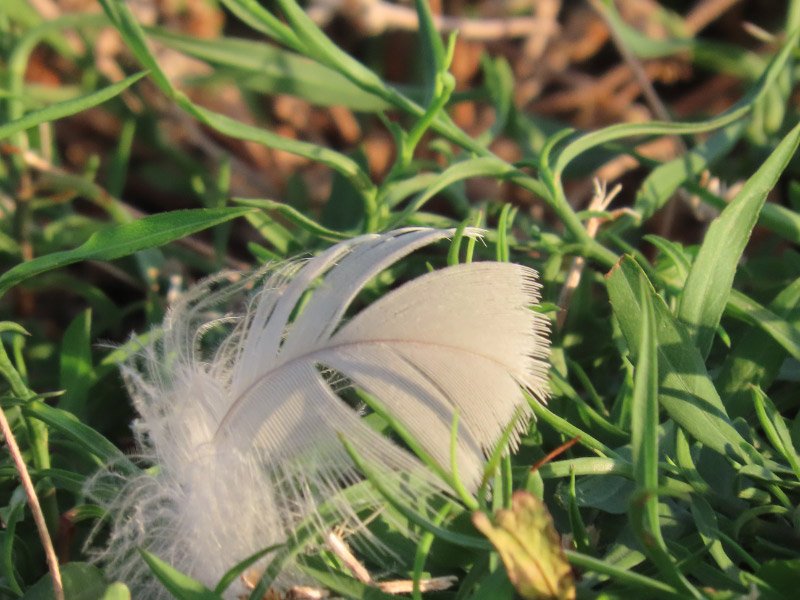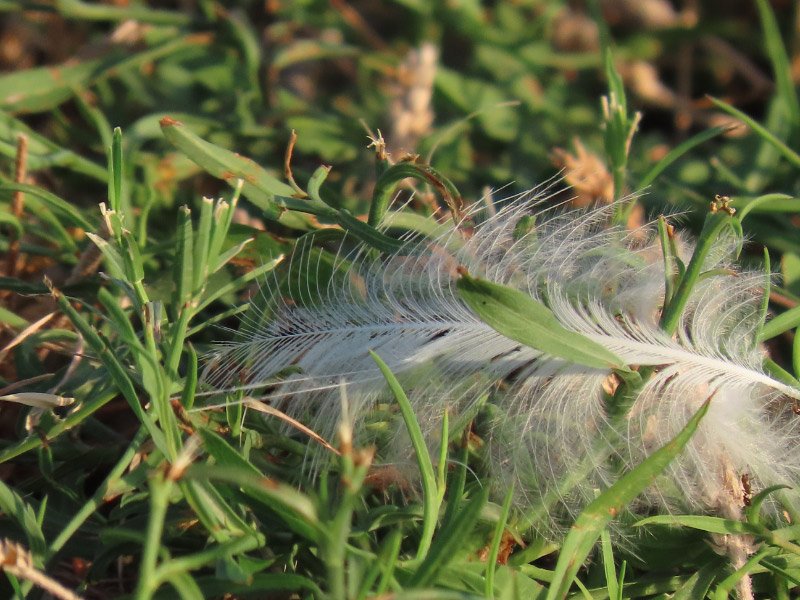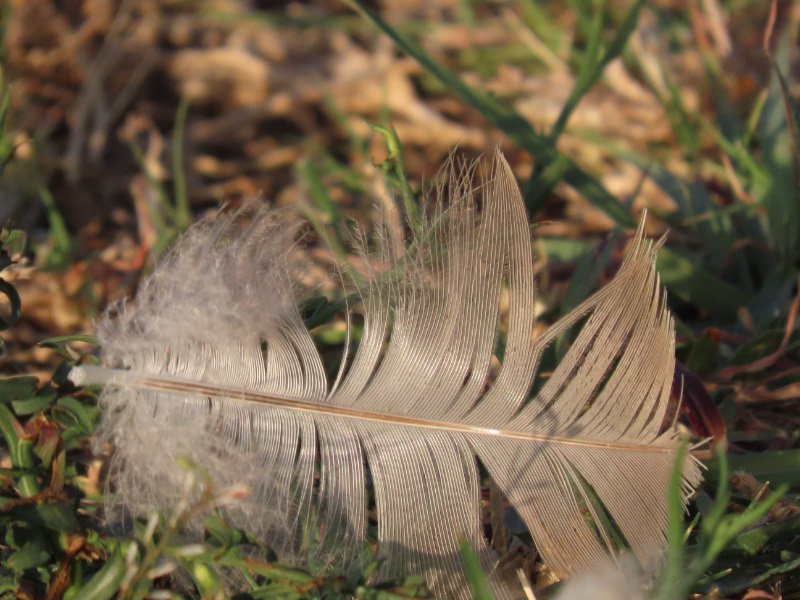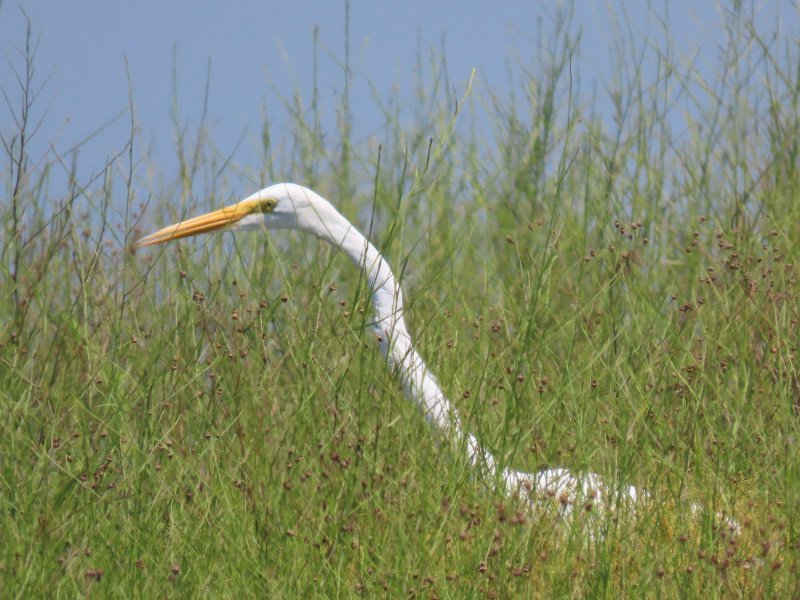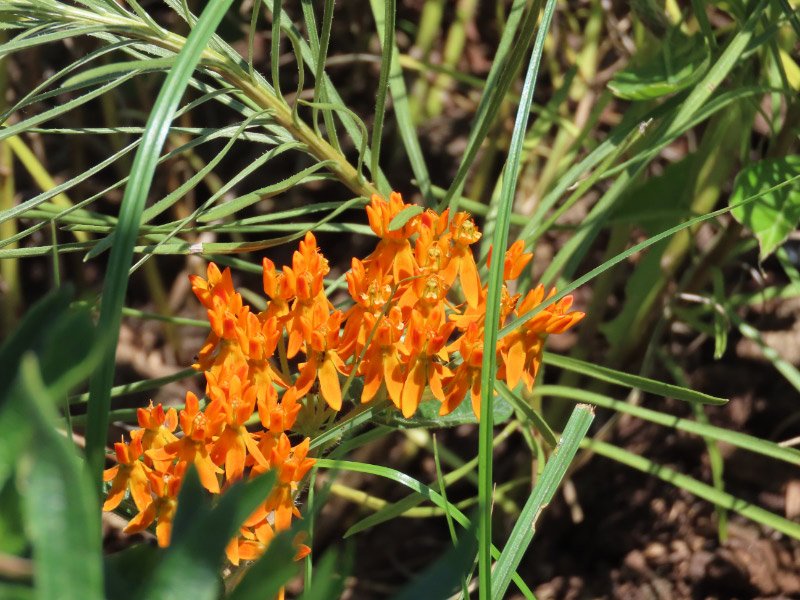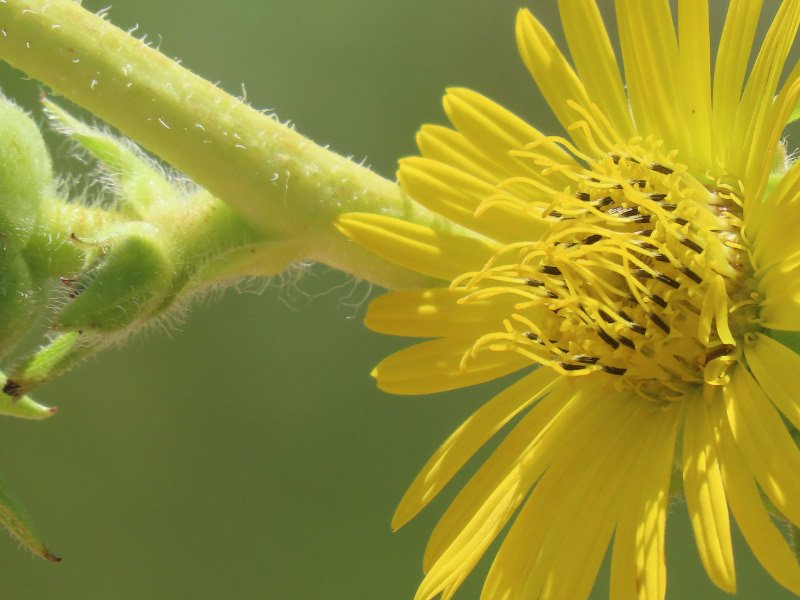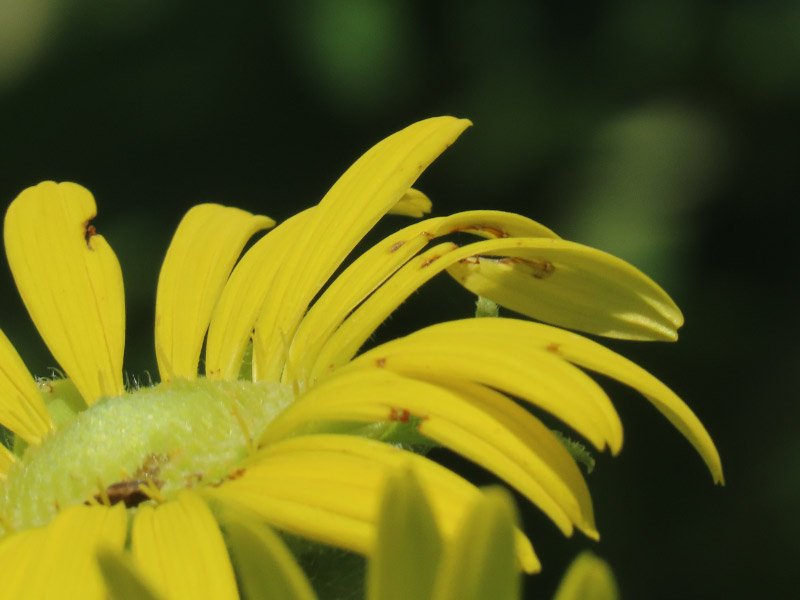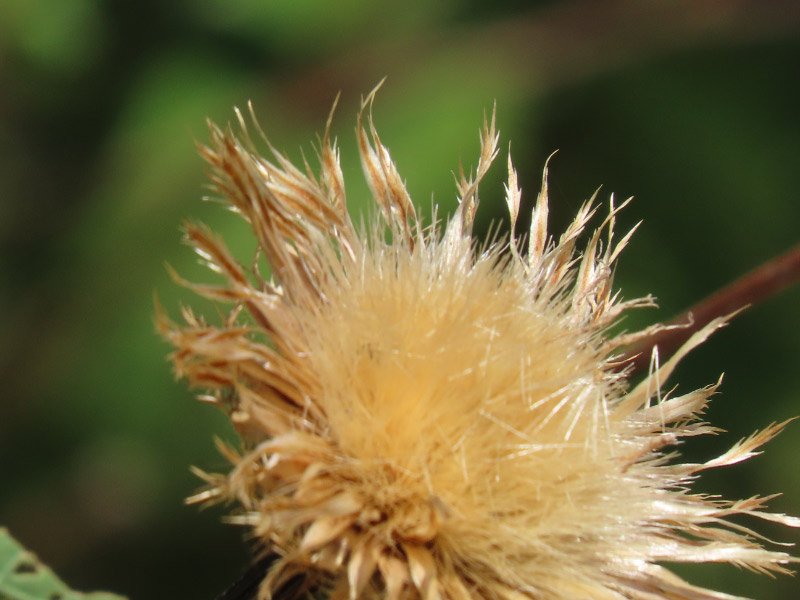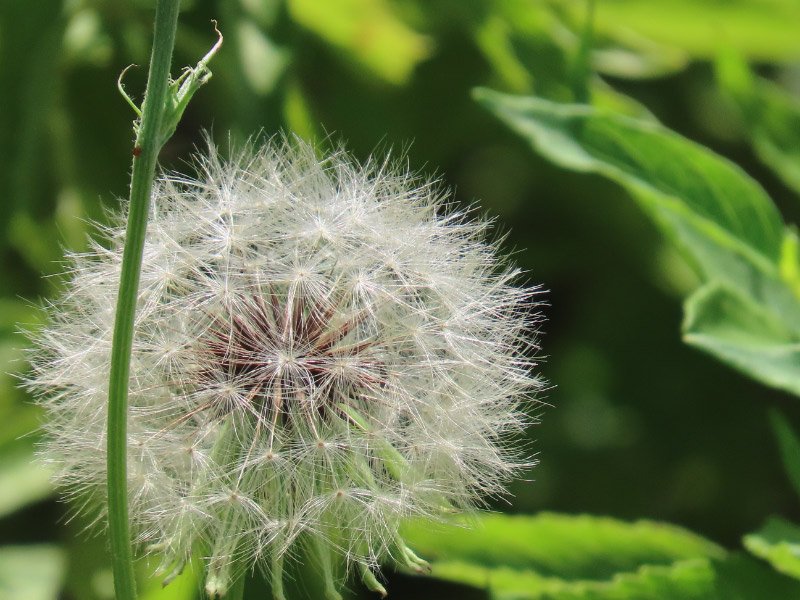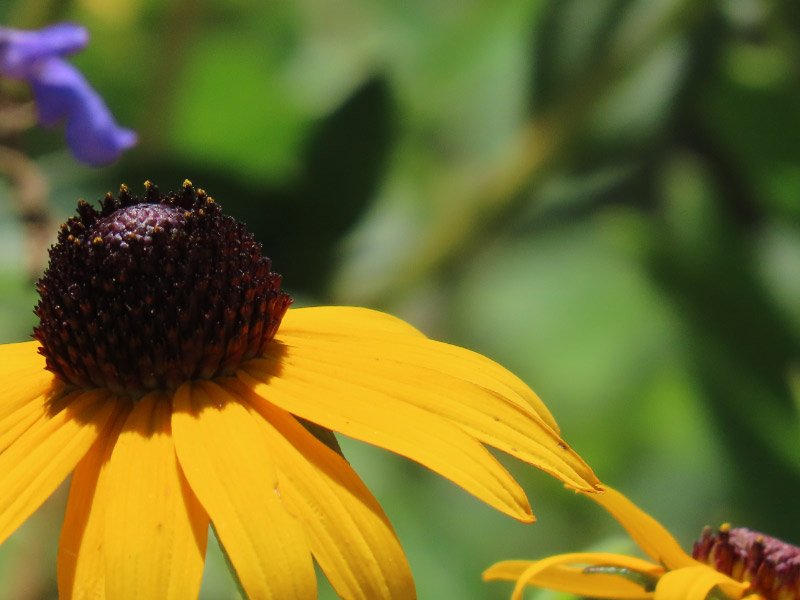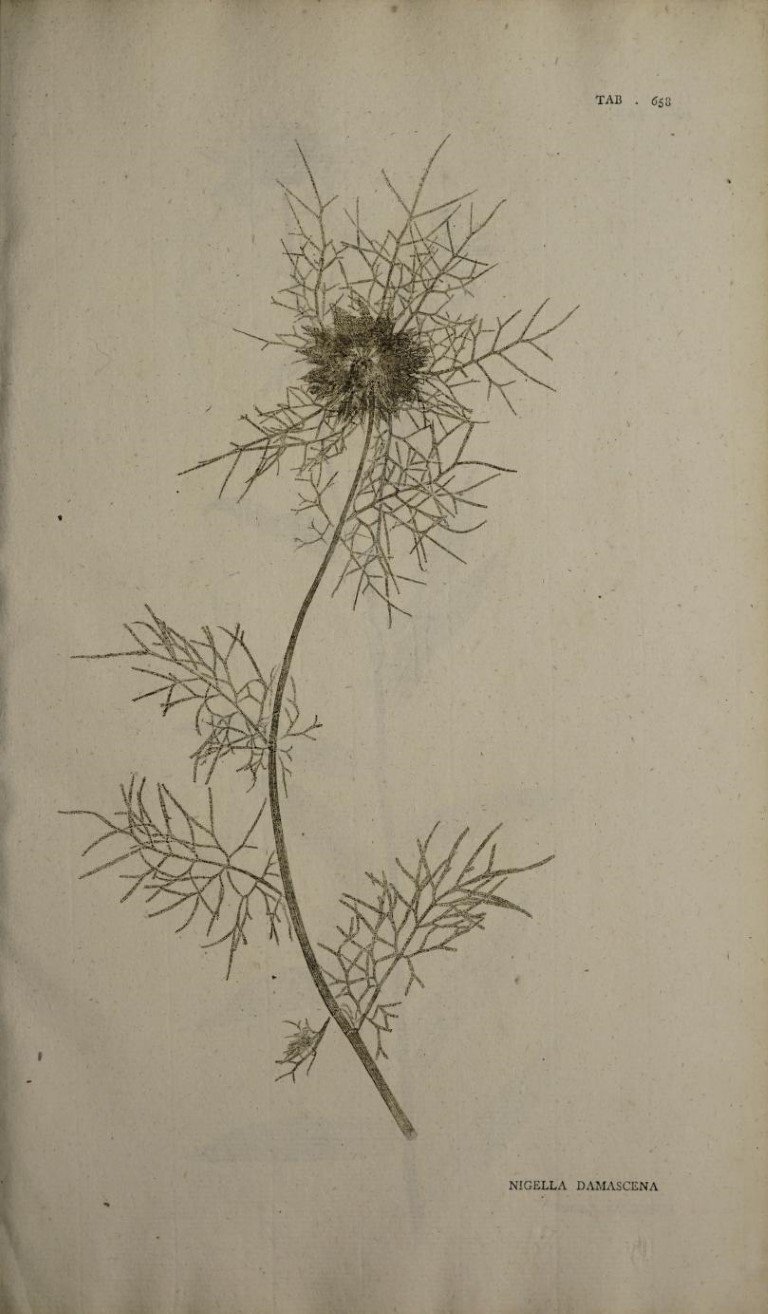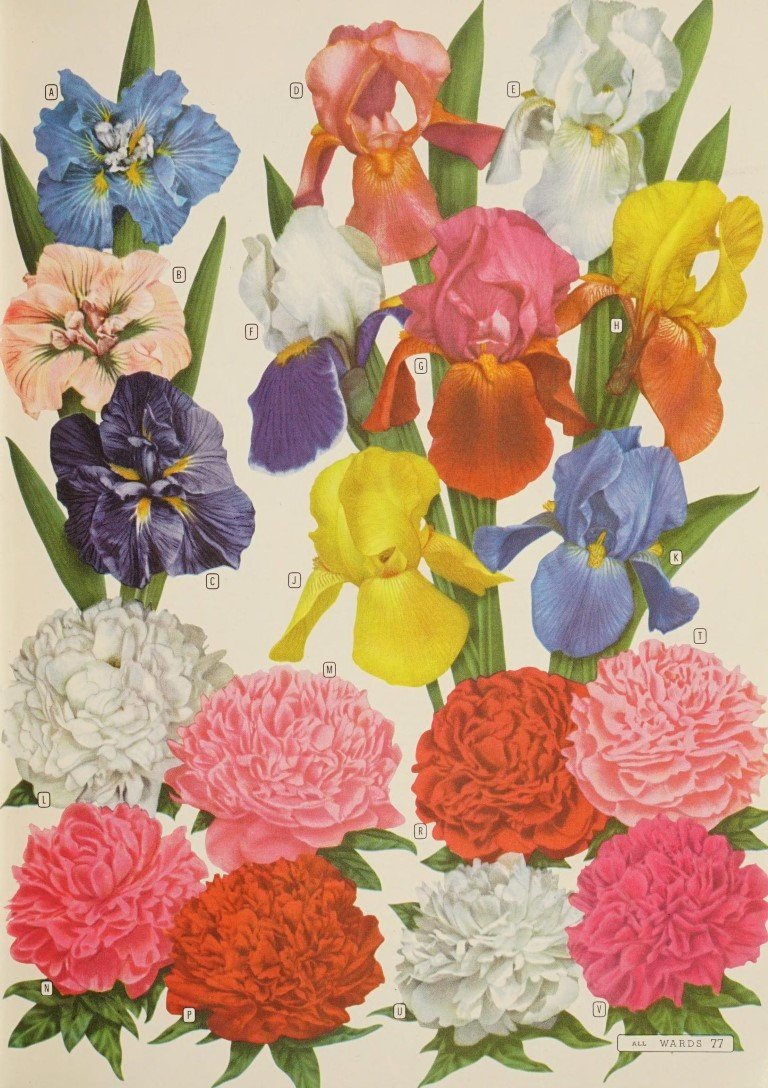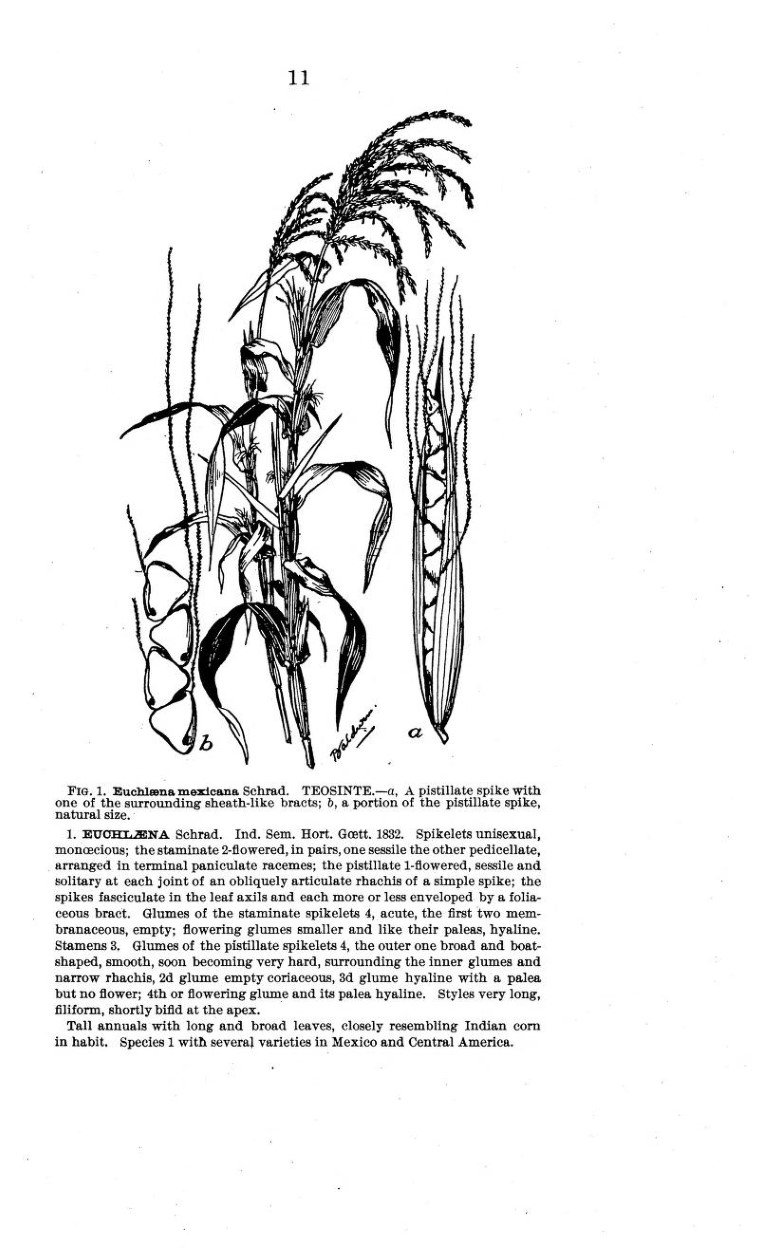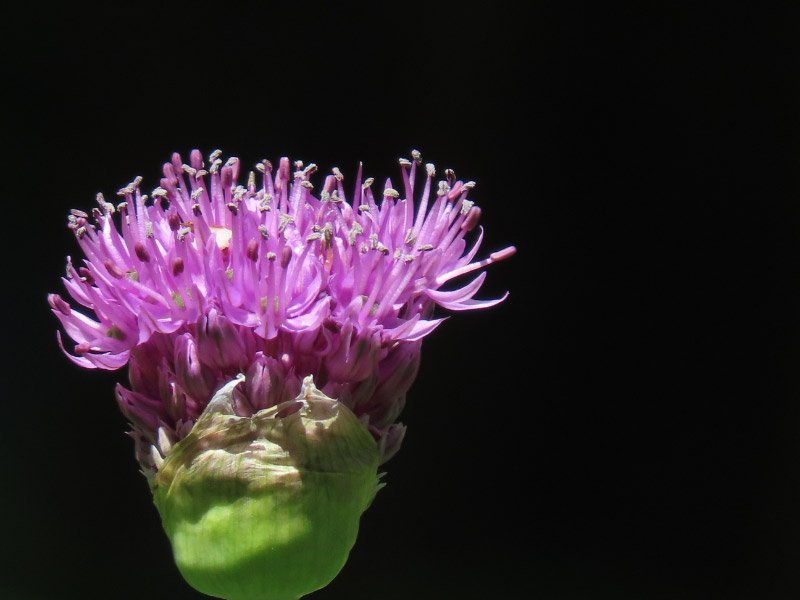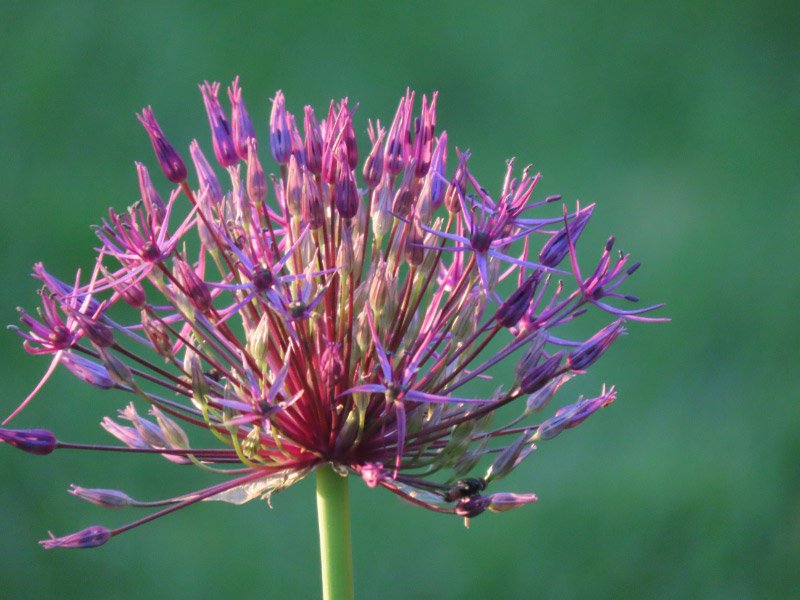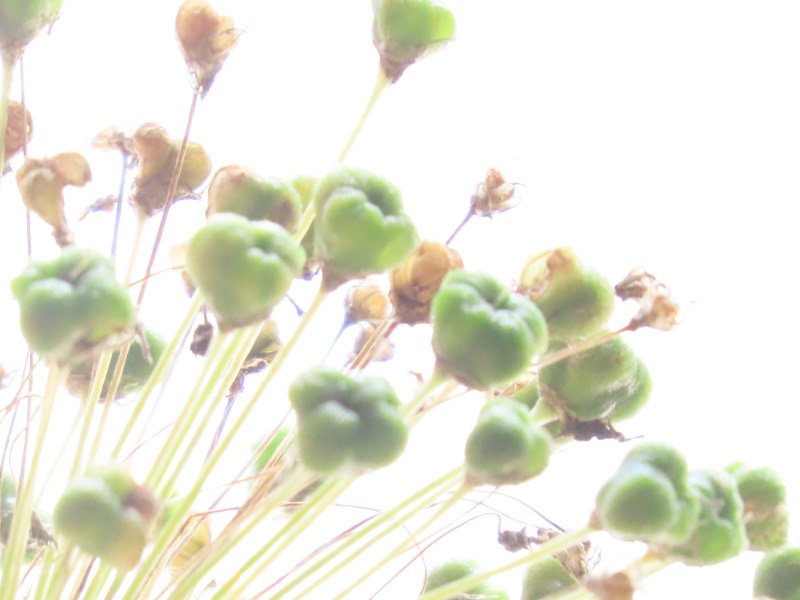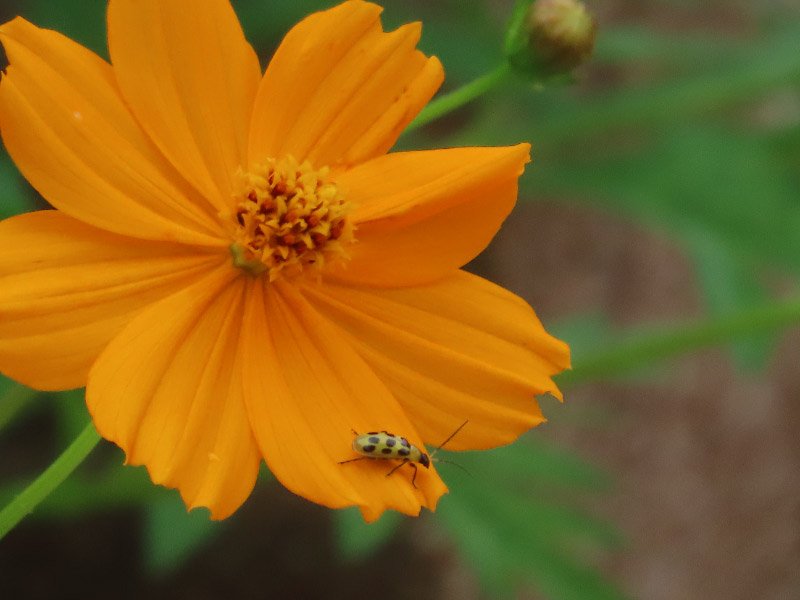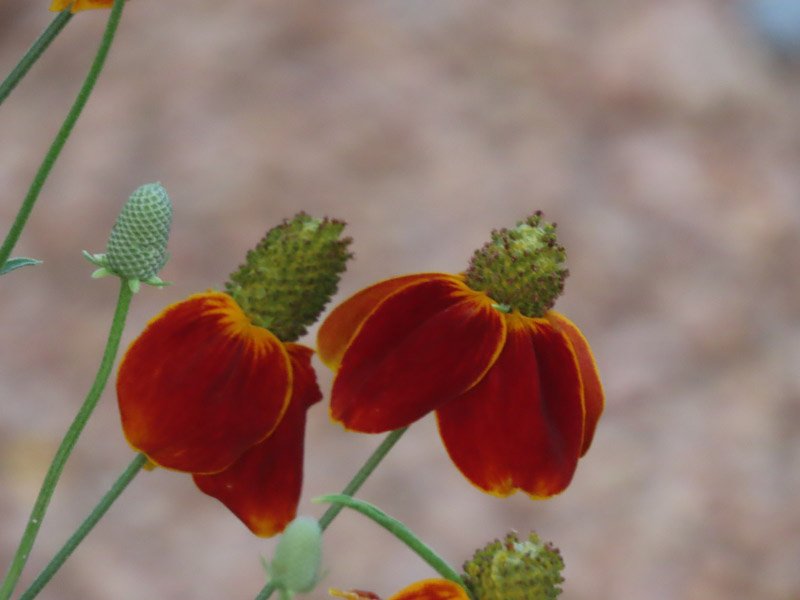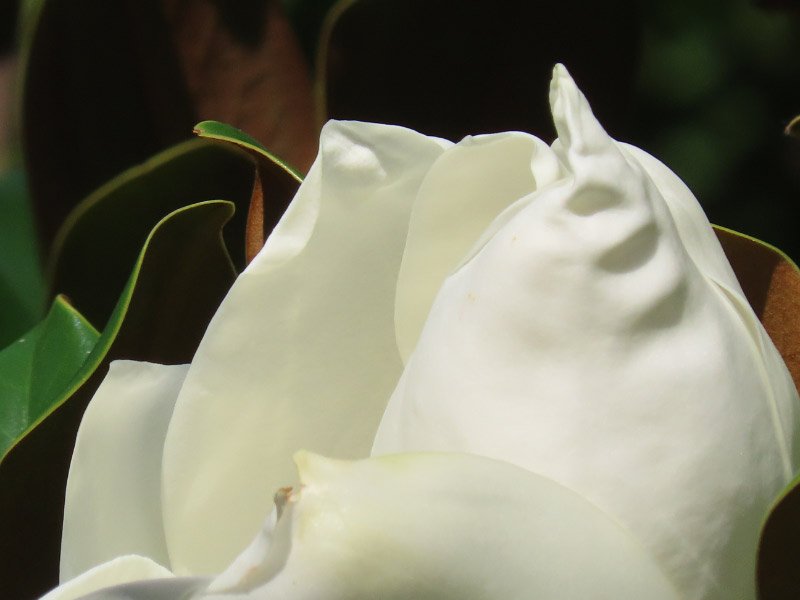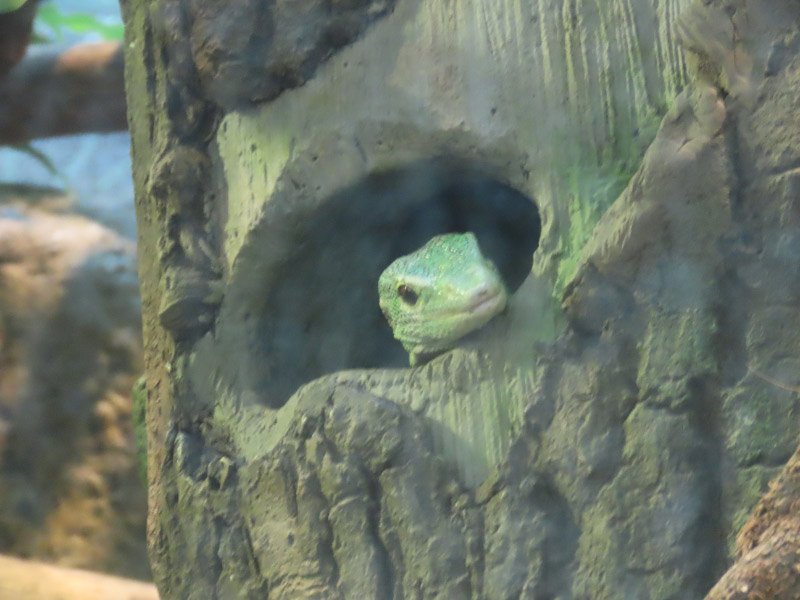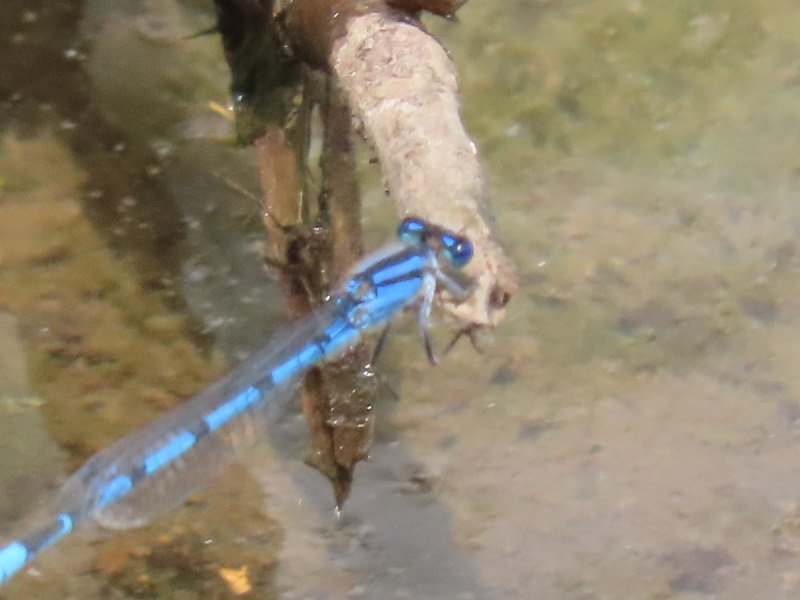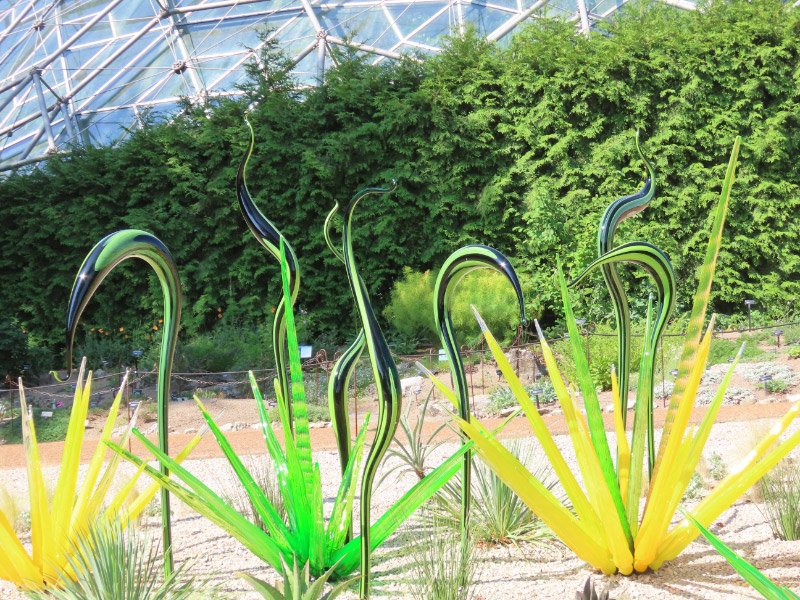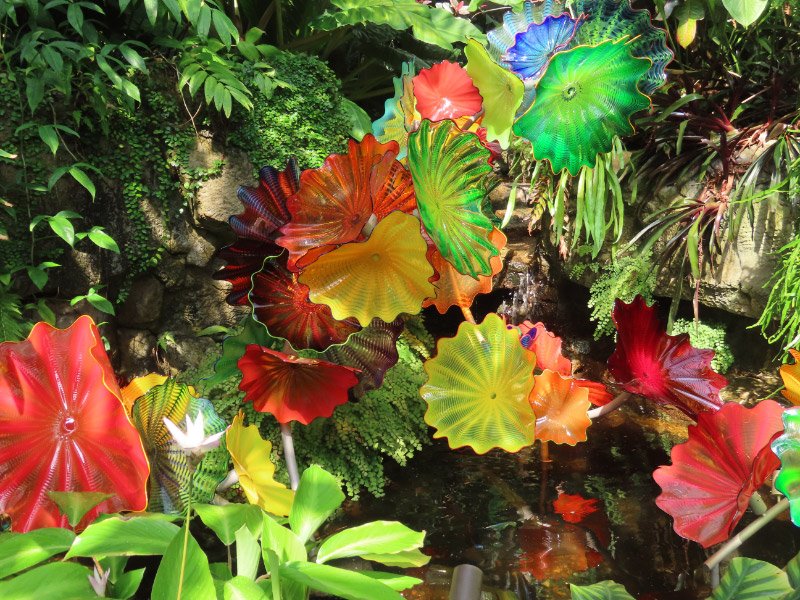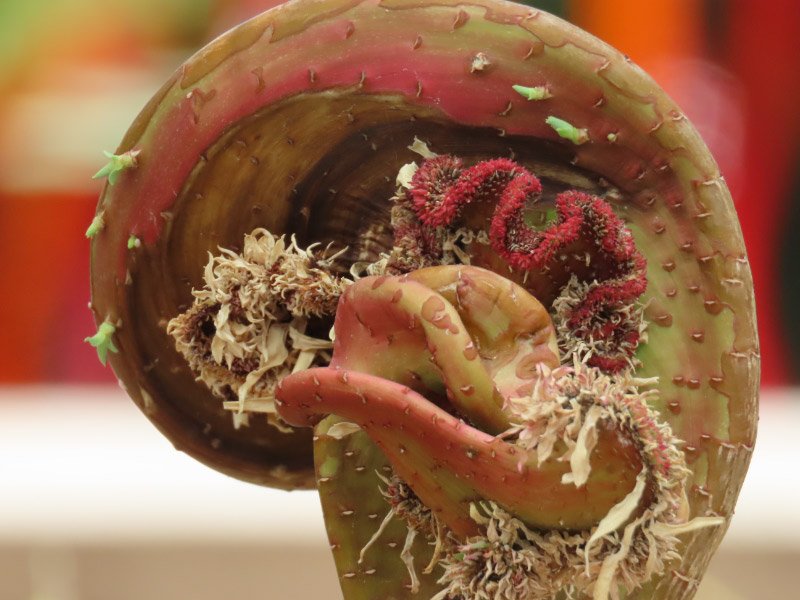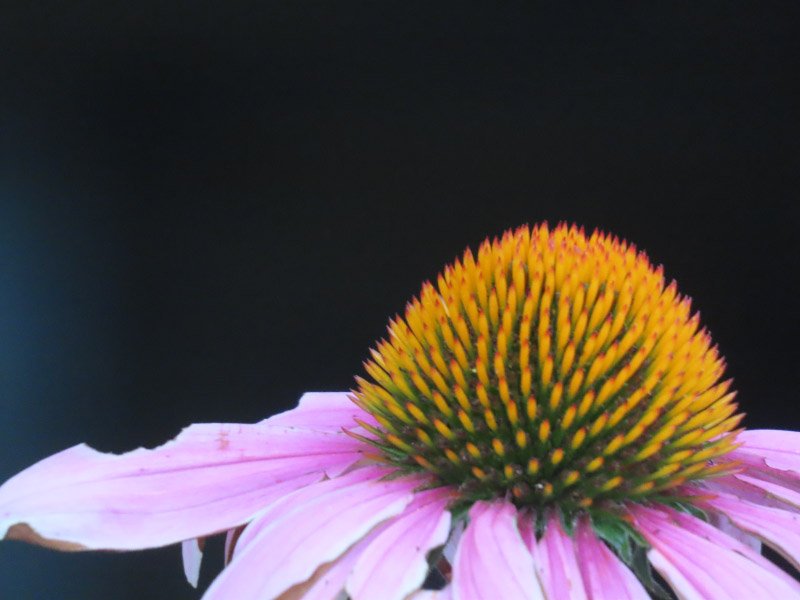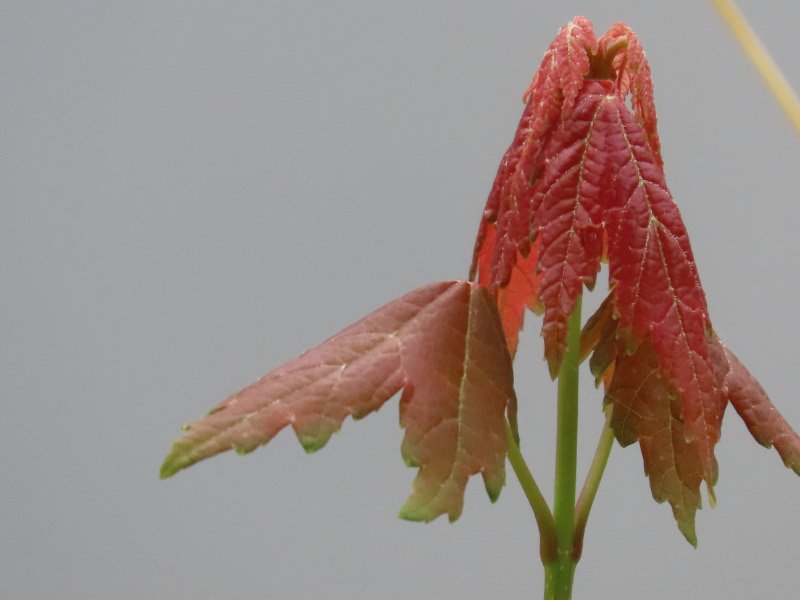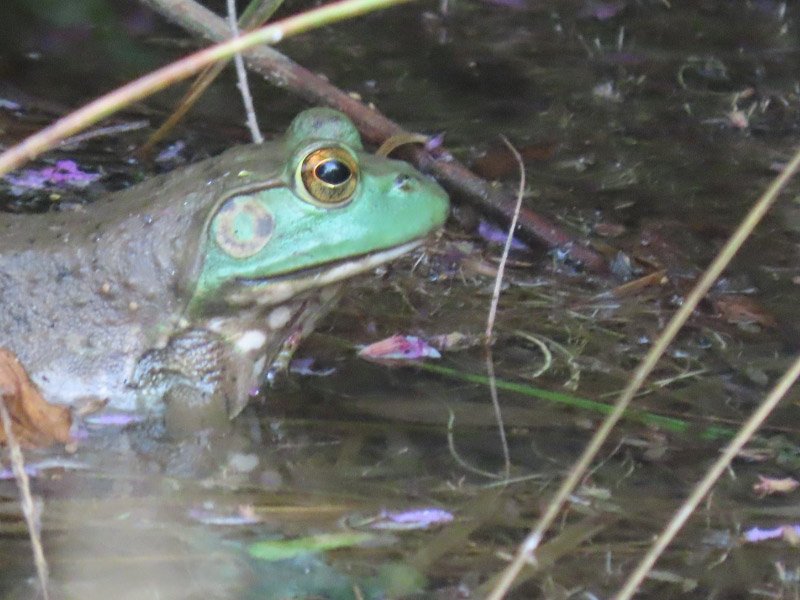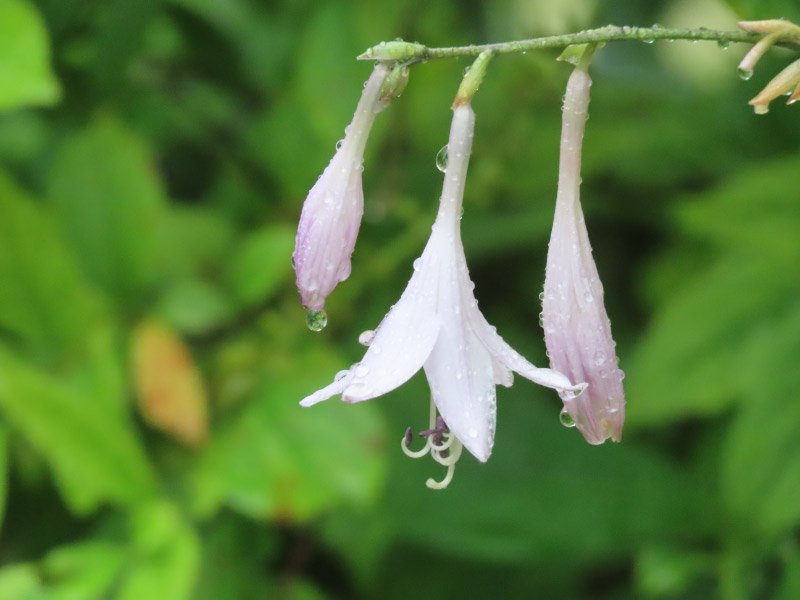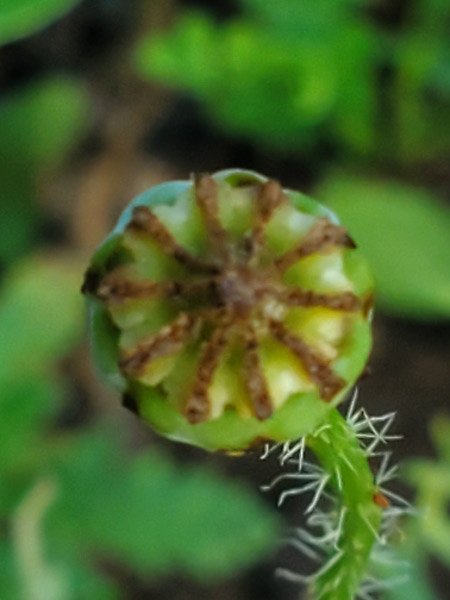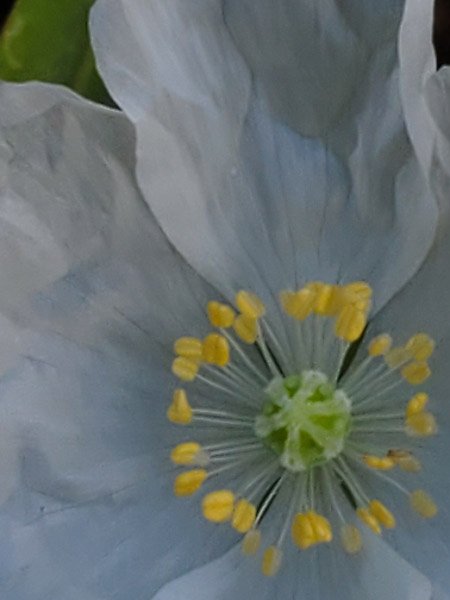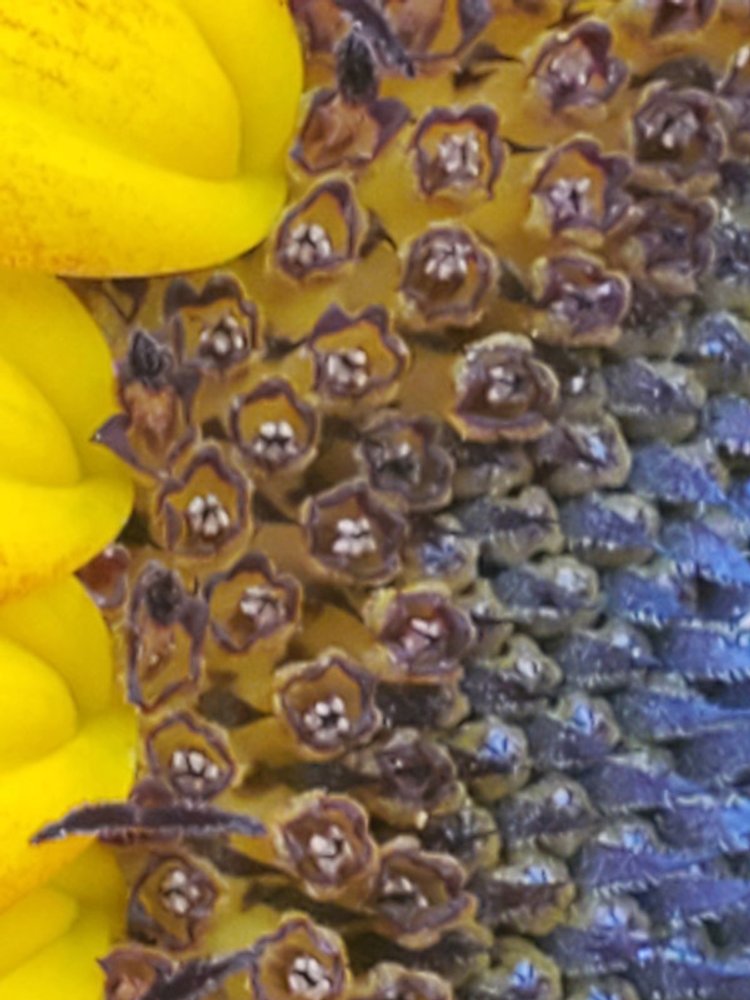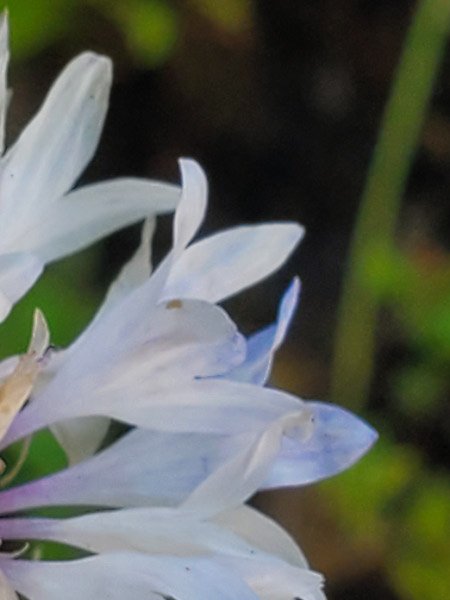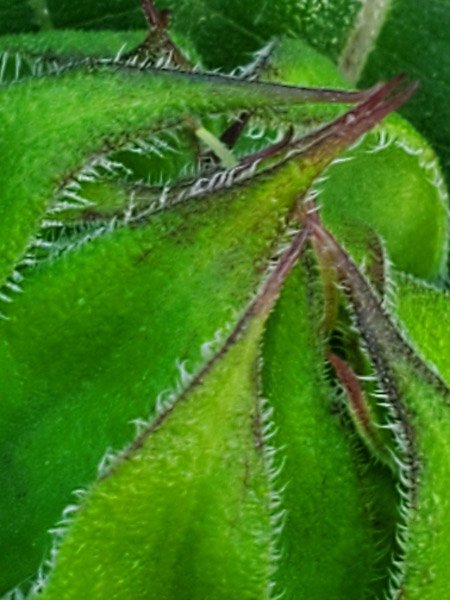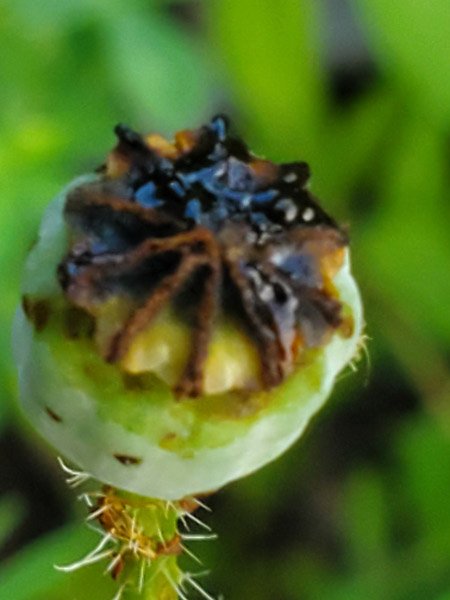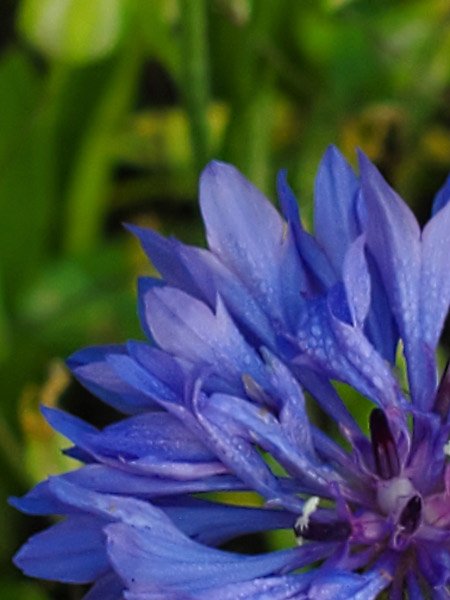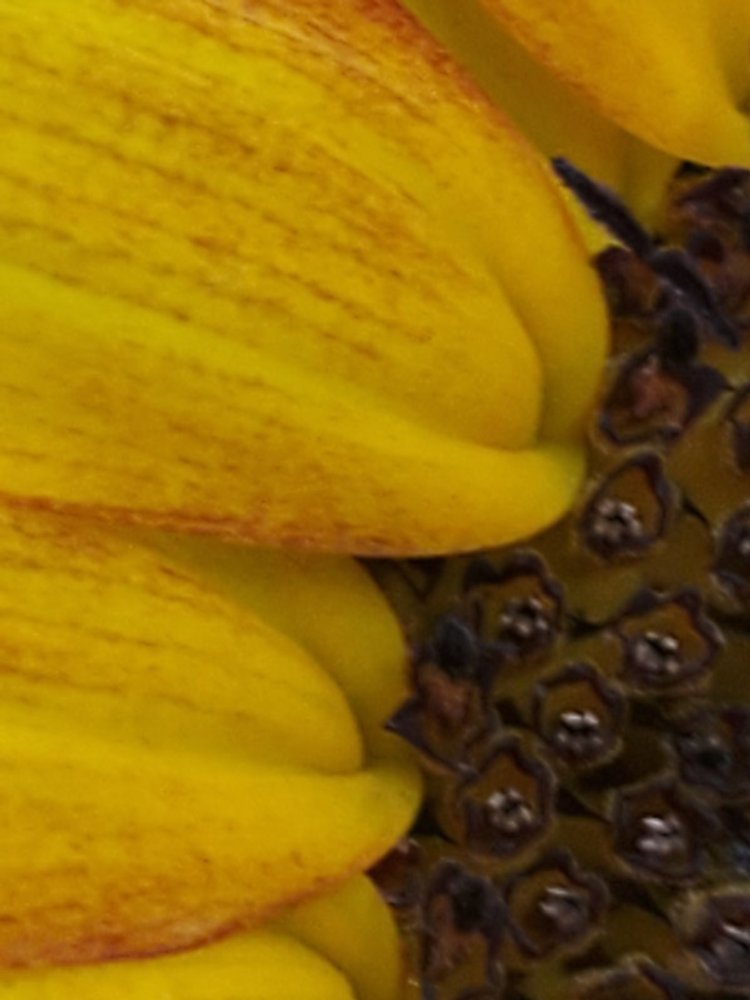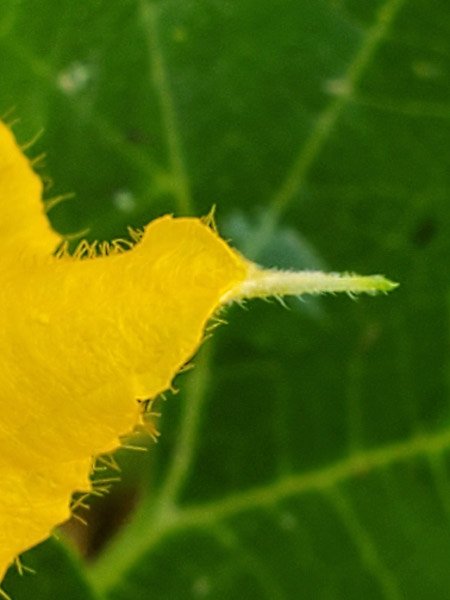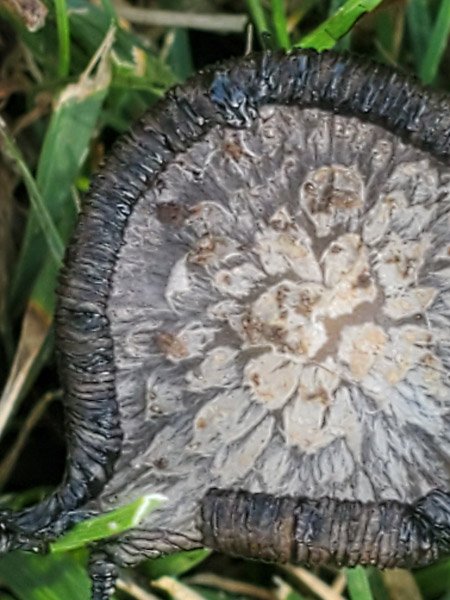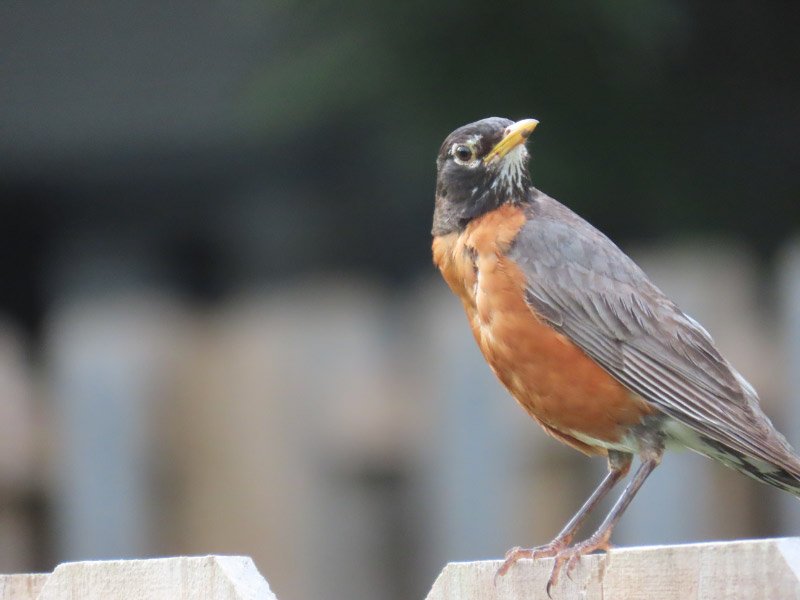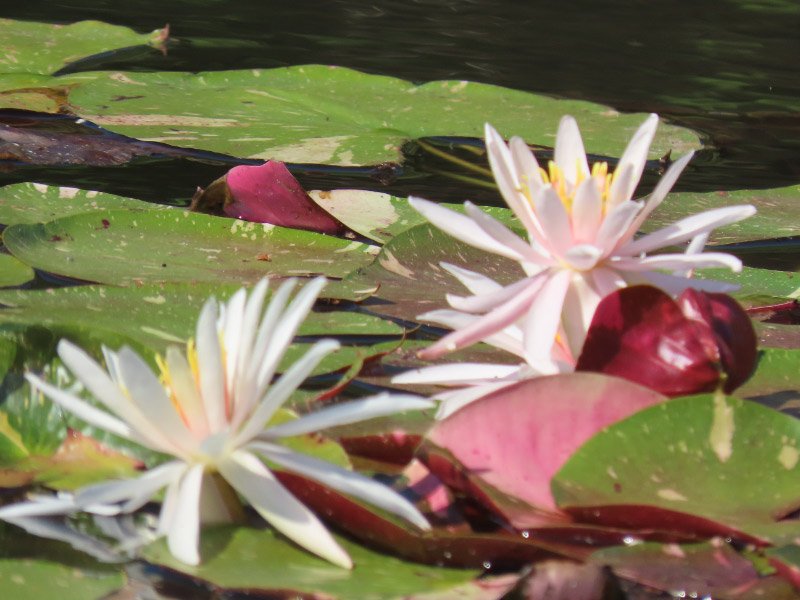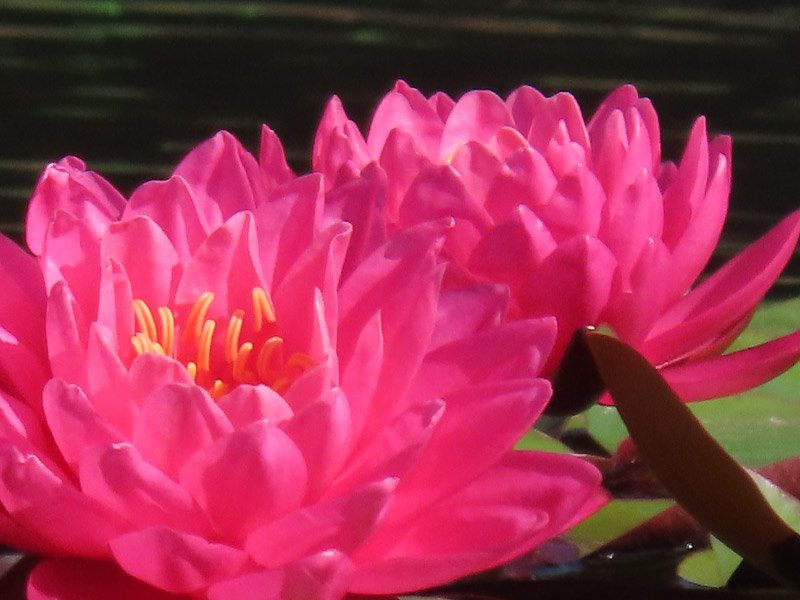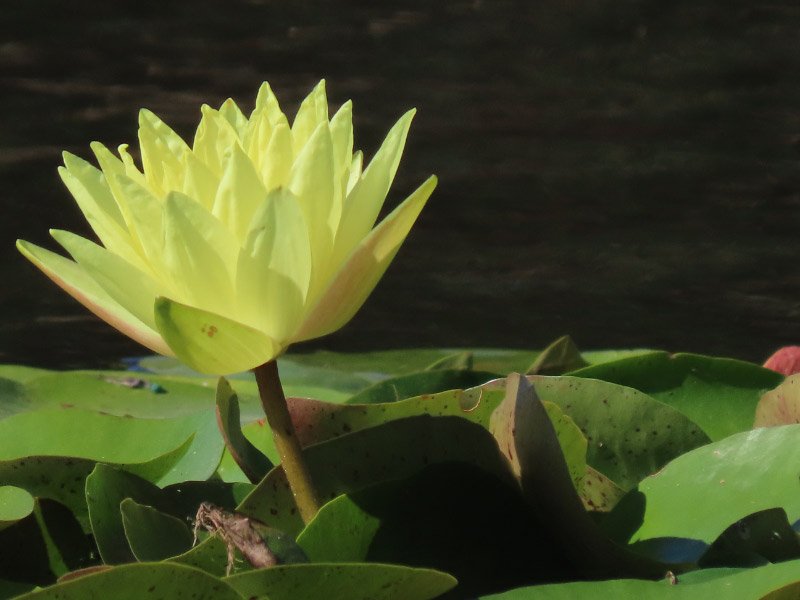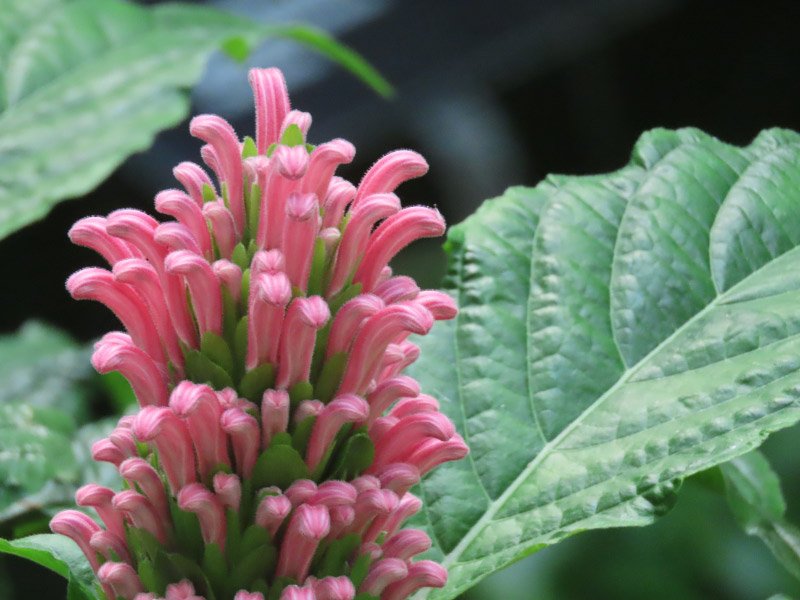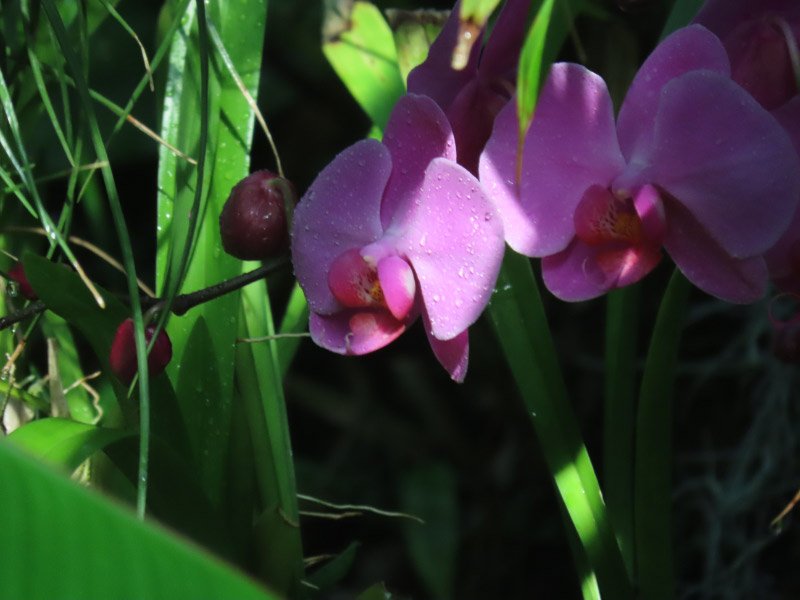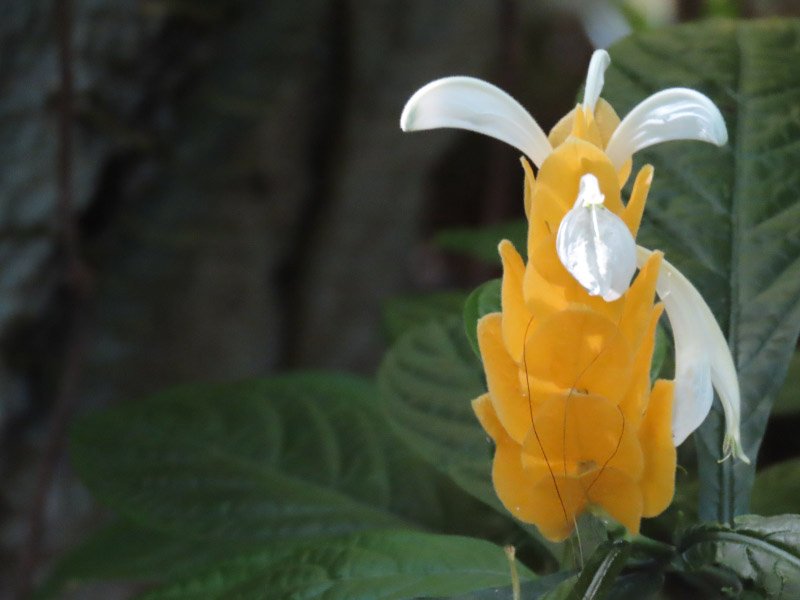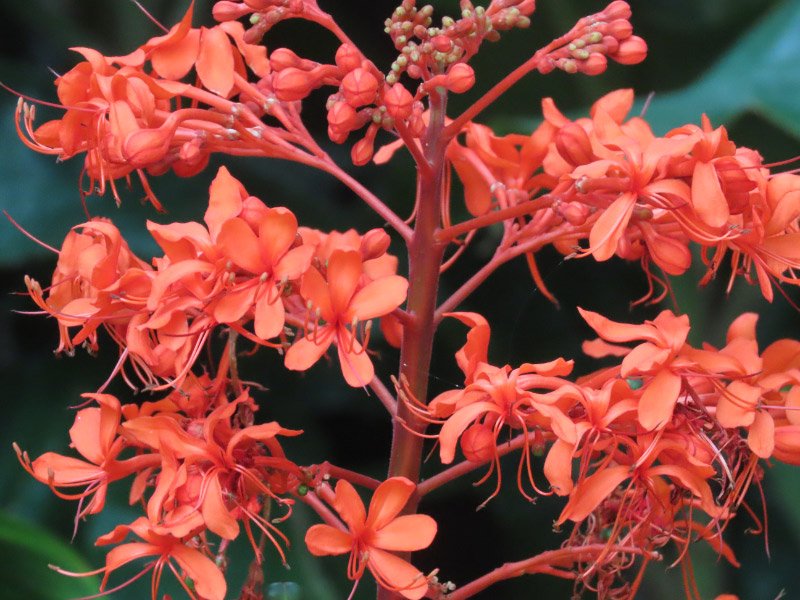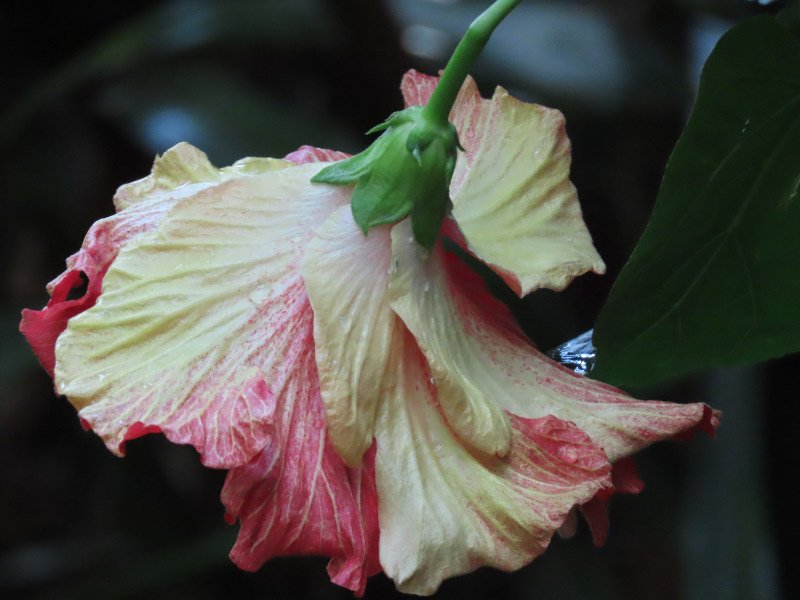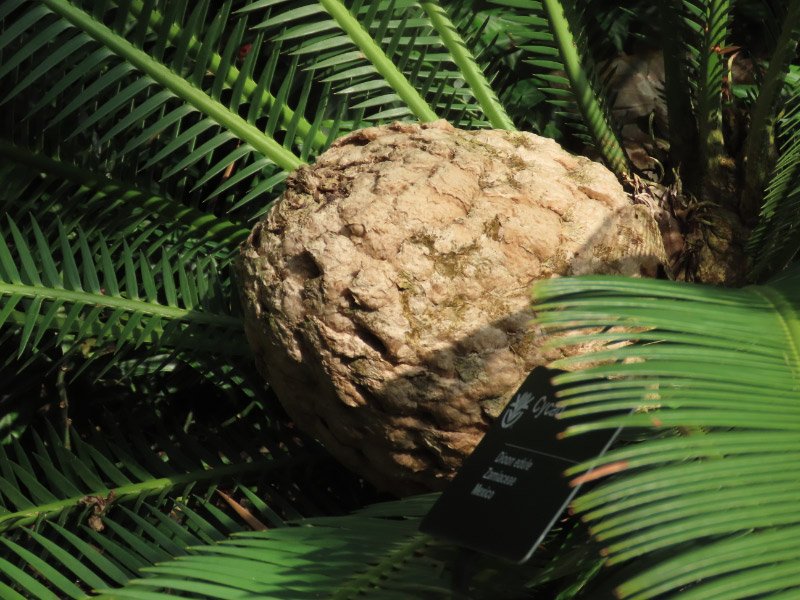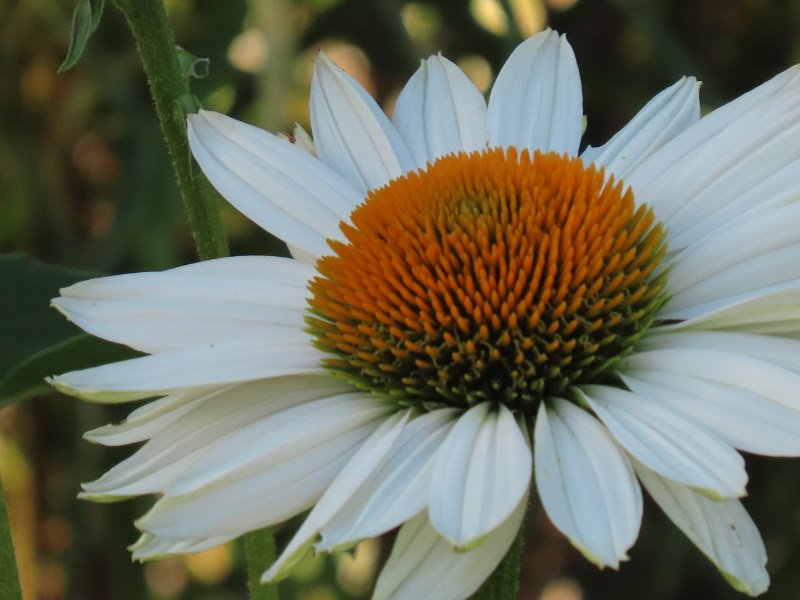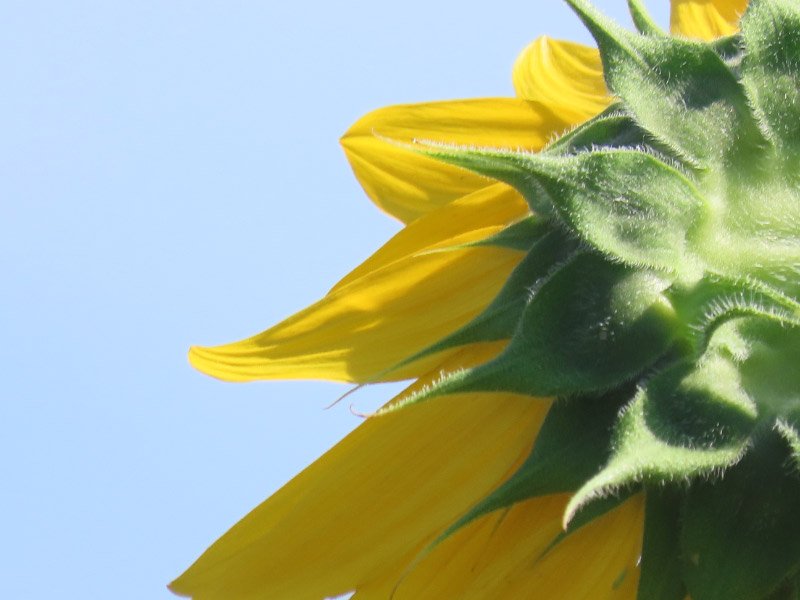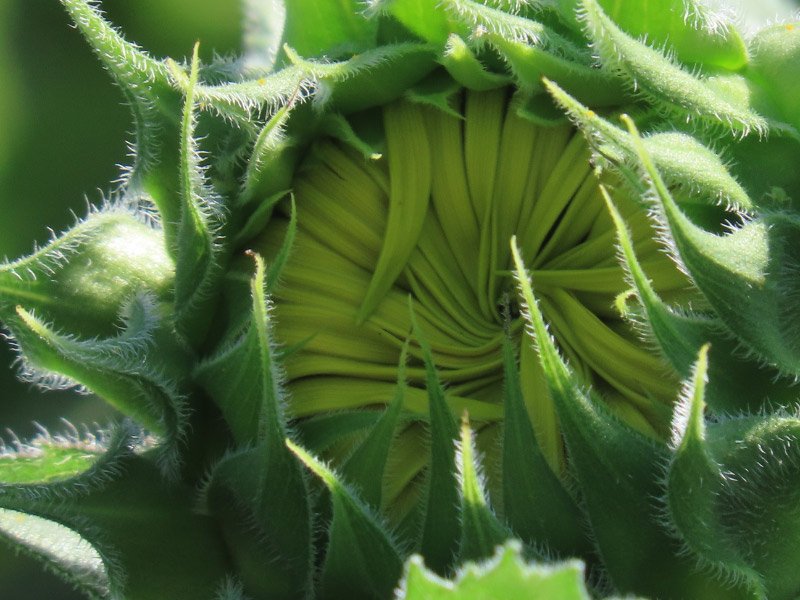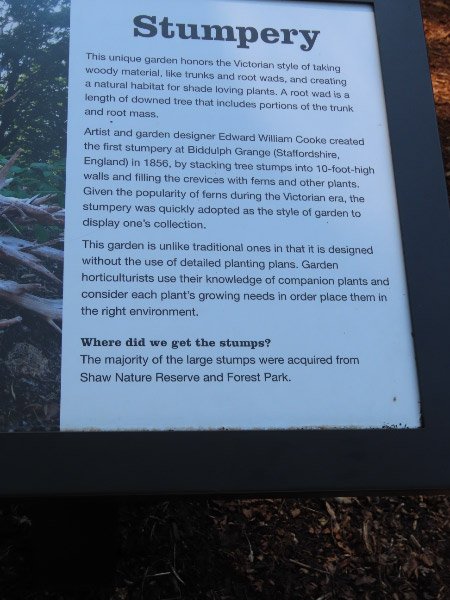The Garden Magazine 1905-1924
/Internet Archive has 34 volumes of The Garden Magazine – a New York based magazine “devoted to planting and managing the grounds about the home, and to the cultivation of Fruits, Vegetables and Flowers". The magazines are a window into the way life was during the early 1900s. I enjoyed browsing them all! Click on the sample images below to see an enlarged version….better yet – browse a whole volume (or two or three….maybe all of them) by following the link.
The Garden Magazine V1 (1905)
The Garden Magazine V2 (1906)
The Garden Magazine V3 (1906)
The Garden Magazine V4 (1907)
The Garden Magazine V5 (1907)
The early issues had little color except for some of the covers and a few ads. Note that the ad for Japanese Iris included some birds among the flowers.
The Garden Magazine V6 (1908)
The Garden Magazine V7 (1908)
The Garden Magazine V8 (1909)
The Garden Magazine V9 (1909)
The Garden Magazine V10 (1910)
Farming was important to a lot of people and so - was an important aspect of the magazine…in all seasons. Note that Kodak was already advertising in 1909….and that the photographer was not always male!
The Garden Magazine V11 (1910)
The Garden Magazine V12 (1911)
The Garden Magazine V13 (1911)
The Garden Magazine V15 (1912)
The Garden Magazine V14 (1912)
Unusual garden features like Japanese lanterns and plants like lotuses/wisteria featured in some issues – popularizing new things for the garden. C. Coles Phillips’ work was part of a Waterman’s Ideal Fountain Pen ad in 1912.
The Garden Magazine V16 (1913)
The Garden Magazine V17 (1913)
The Garden Magazine V18 (1914)
The Garden Magazine V19 (1914)
The Garden Magazine V20 (1915)
An overhead view of an idealized farm and a vine covered façade of a stately house featured on some covers. Cannas and poinsettias were plants of interest. Victor-Victrola ads depicted the sounds of the world come to your home.
The Garden Magazine V21 (1915)
The Garden Magazine V22 (1916)
The Garden Magazine V23 (1916)
The Garden Magazine V26 (1918)
The Garden Magazine V27 (1918)
As America entered World War I food was featured in covers – the slogan ‘America’s Part: to keep the Horn of Plenty Full.”
The Garden Magazine V28 & 29 (1919)
The Garden Magazine V30 (1920)
The Garden Magazine V31 & 32 (1921)
The Garden Magazine V33 (1921)
The Garden Magazine V34 (1921)
By 1919, the wounded were home. Davey Tree Surgeons was advertising…trees were a big topic. Gladiolas and other flowers in the garden were becoming a bigger business too.
The Garden Magazine V35 (1922)
The Garden Magazine V37 (1923)
The Garden Magazine V38 (1924)
The Garden Magazine V39 (1924)
The cover art for the last issues reflects the aesthetics of the 1920s….more children, relaxed fashion, abundant flowers.




